The Upper Amazon
We went on a National Geographic small boat expedition to the Upper Amazon River and tributaries. We began our trip in the Pacaya-Samiria National Reserve, which spans 8000 square miles.
It is an extraordinarily diverse rainforest, containing 449 bird species, 102 mammals, 69 reptiles, 58 amphibians, 256 fish and 1,204 plants.
2023
Peru
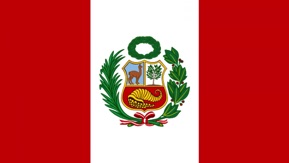
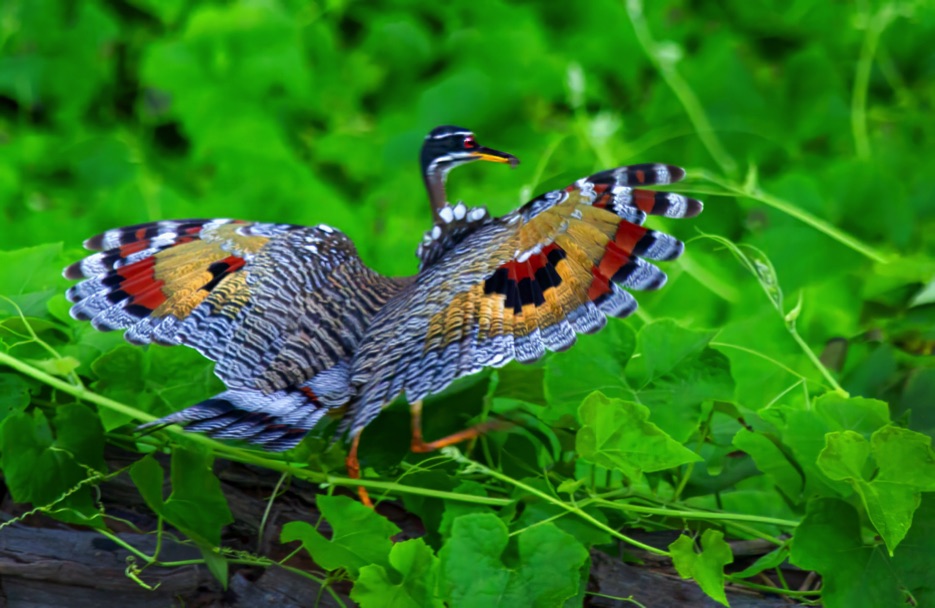
Enter Text
This is an image of the Sunbittern, a colorful and one of the most sought after bird species. As it unfolds its tail and wings, the Sunbittern shows an enormous eye-like design, which is often used to frighten predators. It is sometimes referred to as the butterfly bird for its colorful display.
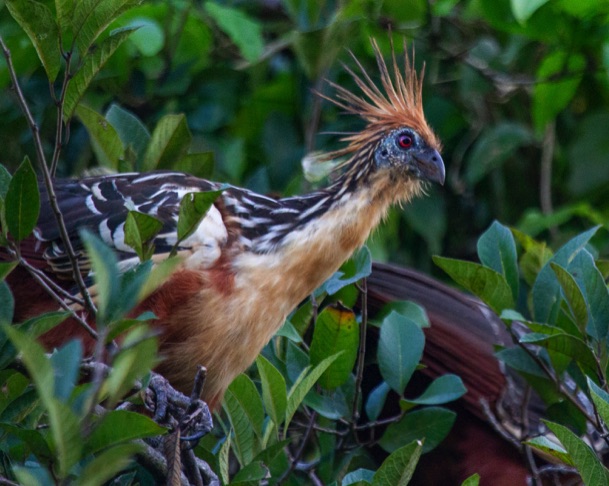
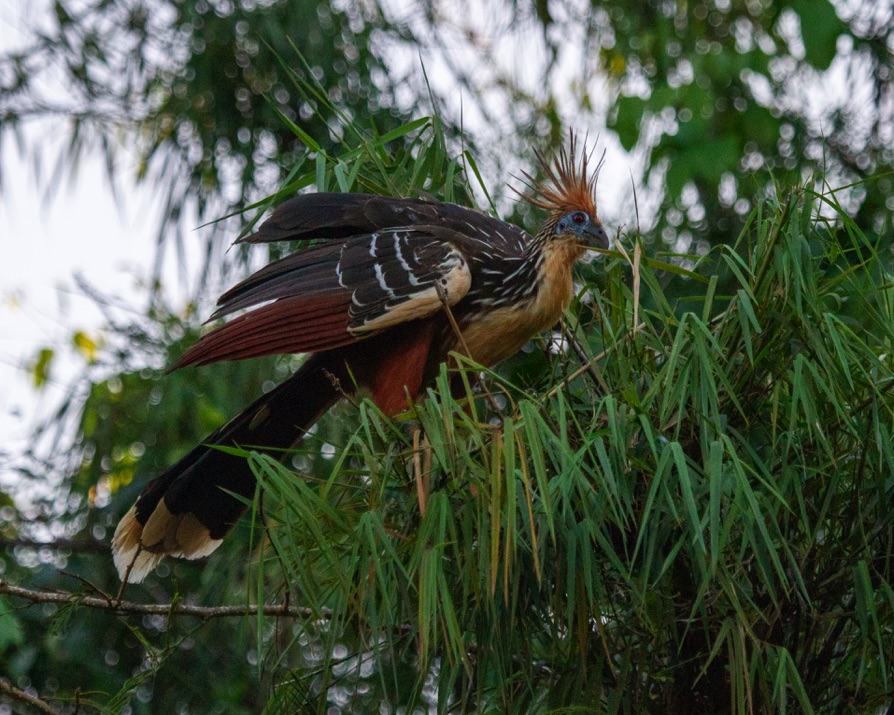
The Hoatzin is another colorful species sought after by birders.
It's a poor flyer and has claws on its wingtips to help it climb among the branches
Hoatzins are herbivores with a very unique digestive system. The hoatzin's lower esophagus and crop are unusually large. Bacterial fermentation of food in this area helps to break down food so that it can be absorbed. The process is similar to that in the rumen of a cow. The crop contains ridges that help to break the food up. The hoatzin is the only bird known to carry out foregut digestion.
The fermentation process produces chemicals that can smell unpleasantly like dung to humans. They are released from the bird's gut, giving the animal the name of skunk bird or stinkbird.
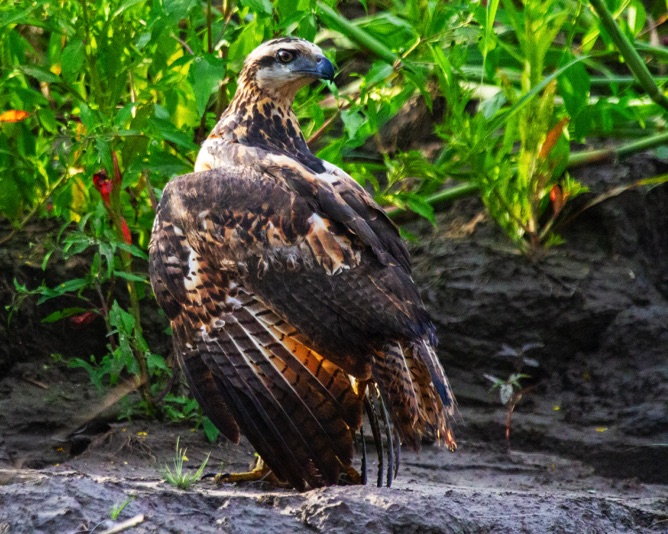
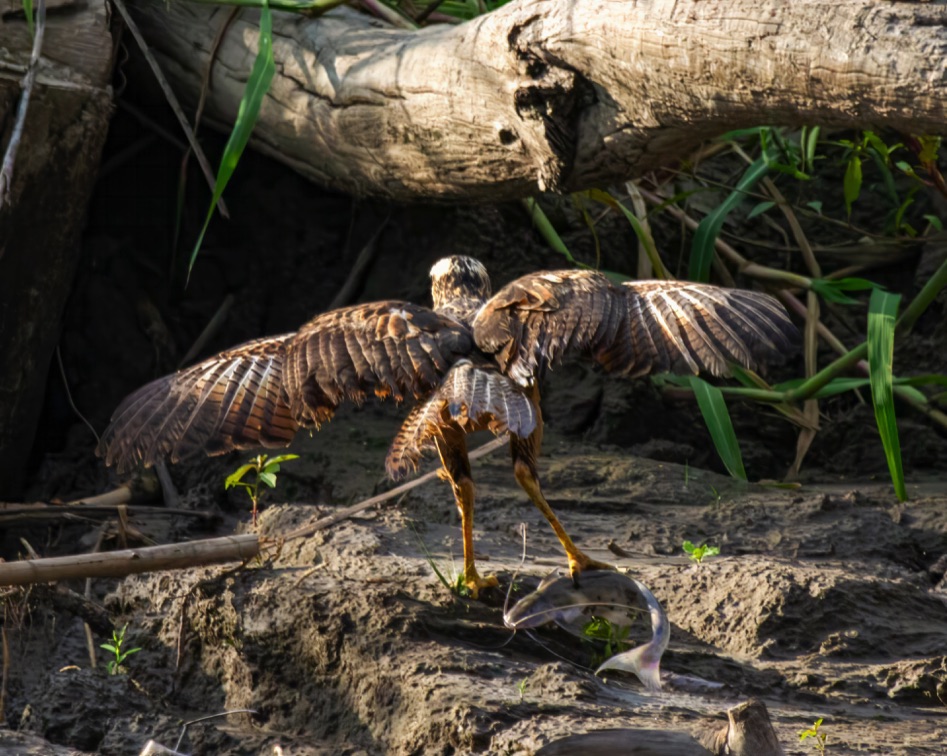
Juvenile Black-tailed Hawk
below with a catfish catch.
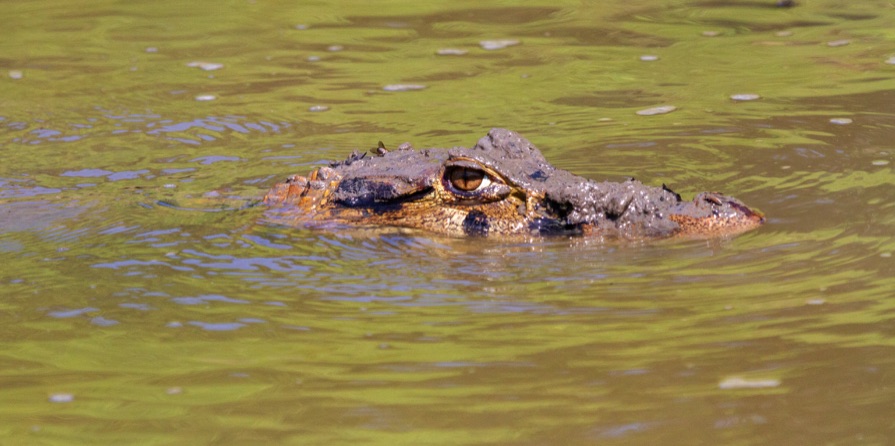
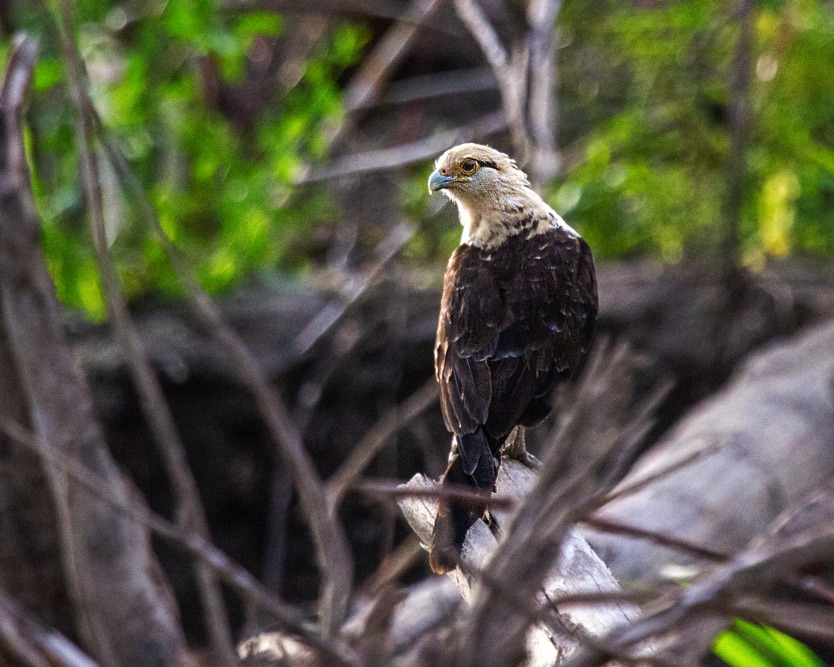
Adult Black-tailed Hawk
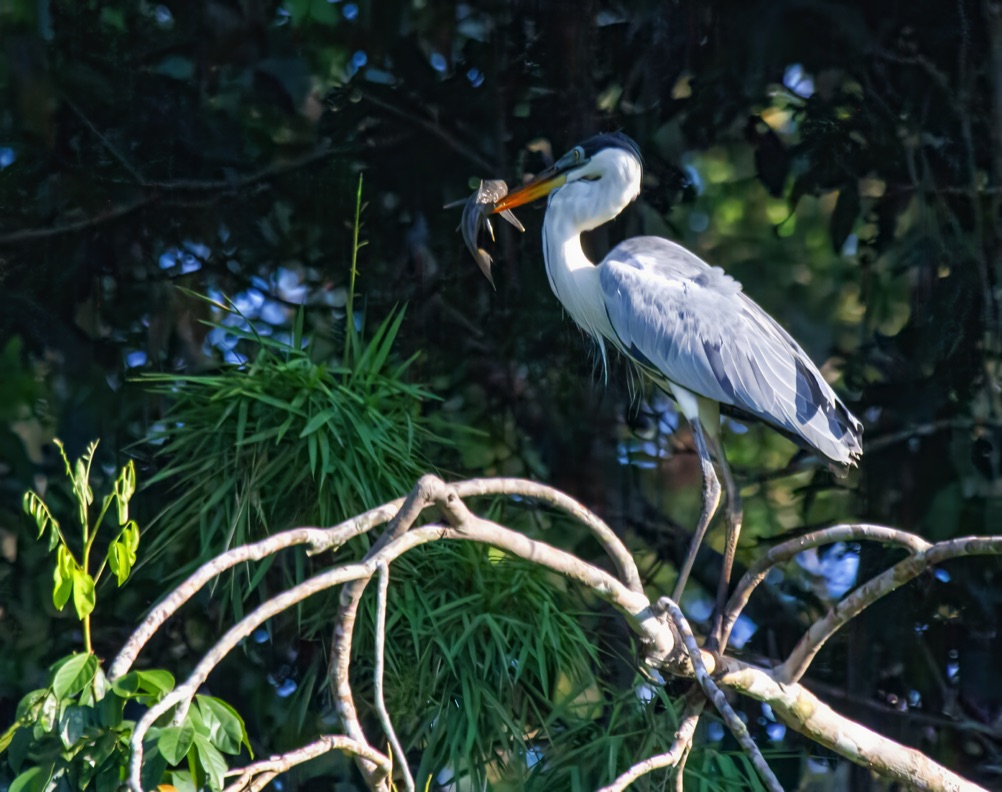
Cocoi Heron
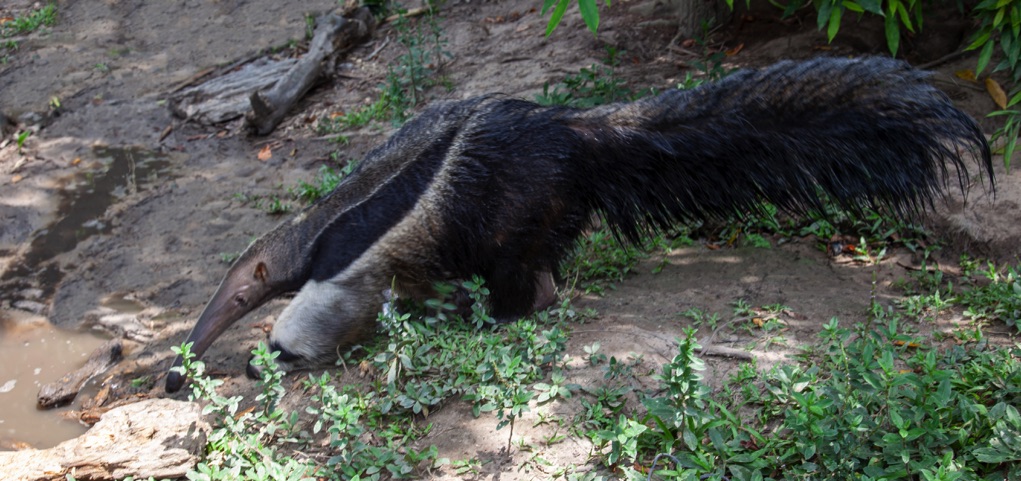
Amazon Anteater
This Anteater can be up to 7 feet long and weigh 140 pounds. It has no teeth, but has a tongue that can stretch up to 2 feet long and can flick at 160 times per minute.
The long tongue allows them to capture prey from hard-to-reach places. Anteaters can eat 35,000 insects a day, scooping them up by the mouthfuls. They have poor eyesight and use the sense of smell to locate meals.
Their prey includes ants, termites, bees, and other small insects.
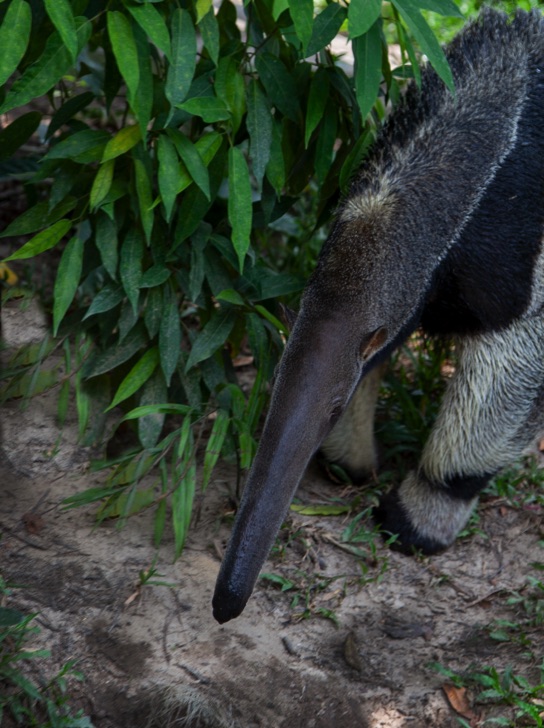
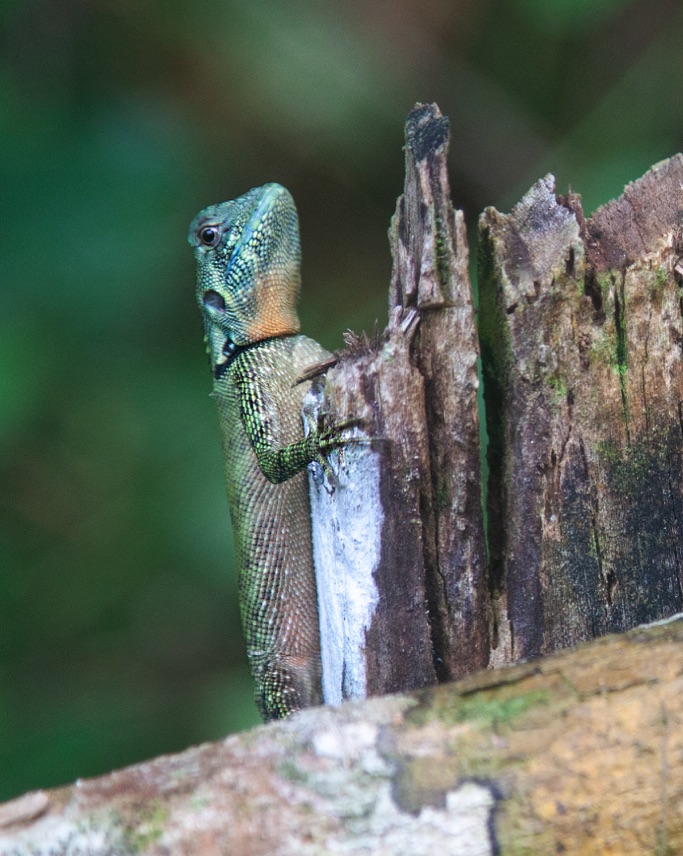
Dragon Forest Lizard
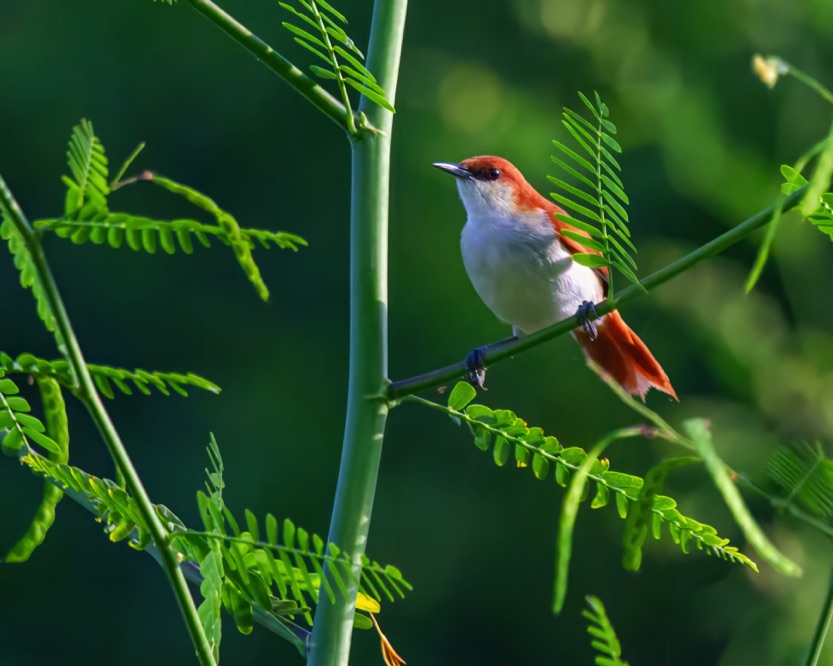
Red & White Spinetail

Hoatzin
Sunbittern
White Or Spectacled Caiman
This species of Caiman average 5 feet in length but can reach up to 8 feet. They feed on fish and sometimes small birds and mammals that fall into the water.
This one has a mud disguise.
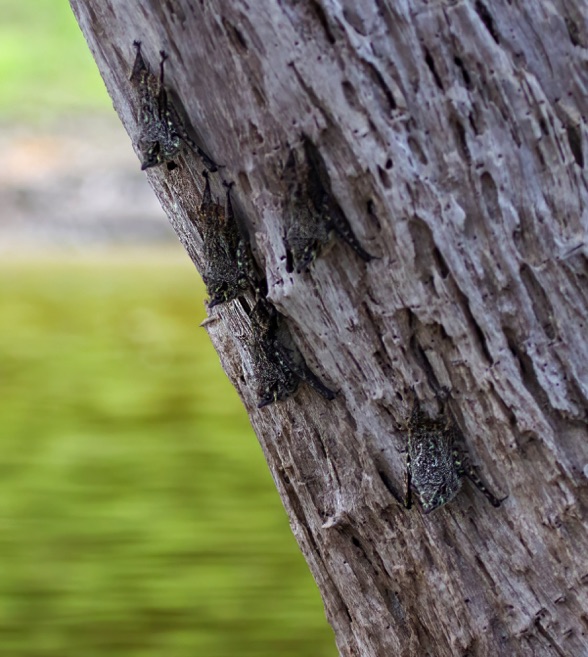
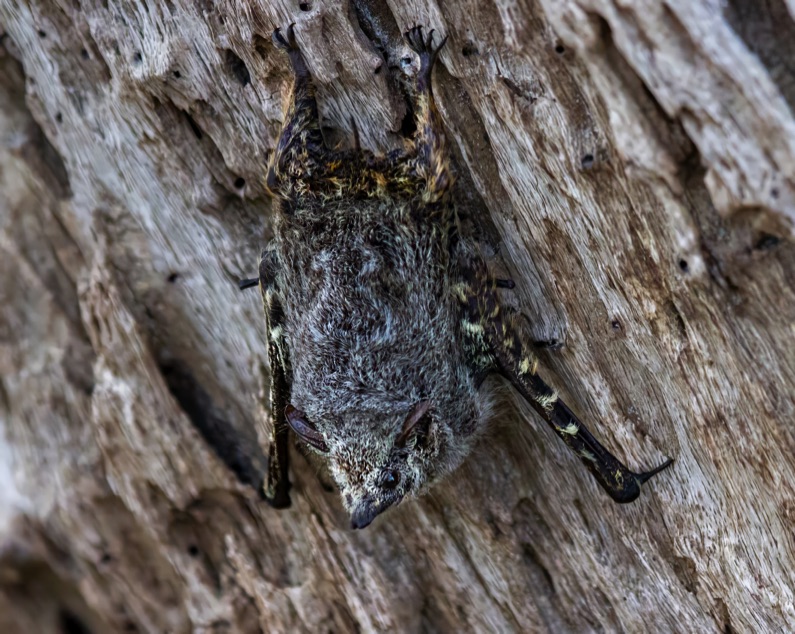
Long-nosed or Proboscis Bats
This is a small species of bat, about 2.4 inchs long and weigh 0.14 ounces.
Proboscis bats live in groups. The colonies are usually between five and ten individuals, and very rarely exceed forty. The bats are nocturnal, sleeping during the day
A colony of proboscis bats usually has a regular feeding area, typically a small patch of water. Here the bats catch insects (in the form of midges, mosquitoes, beetles, and caddisflies) using echolocation.
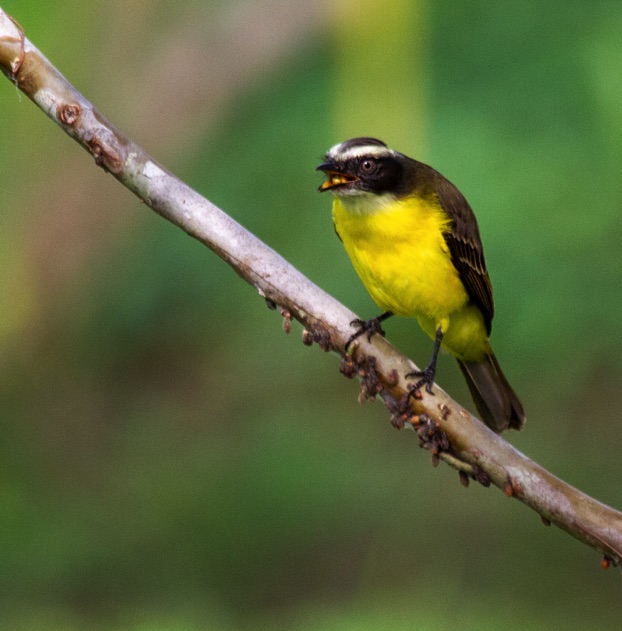
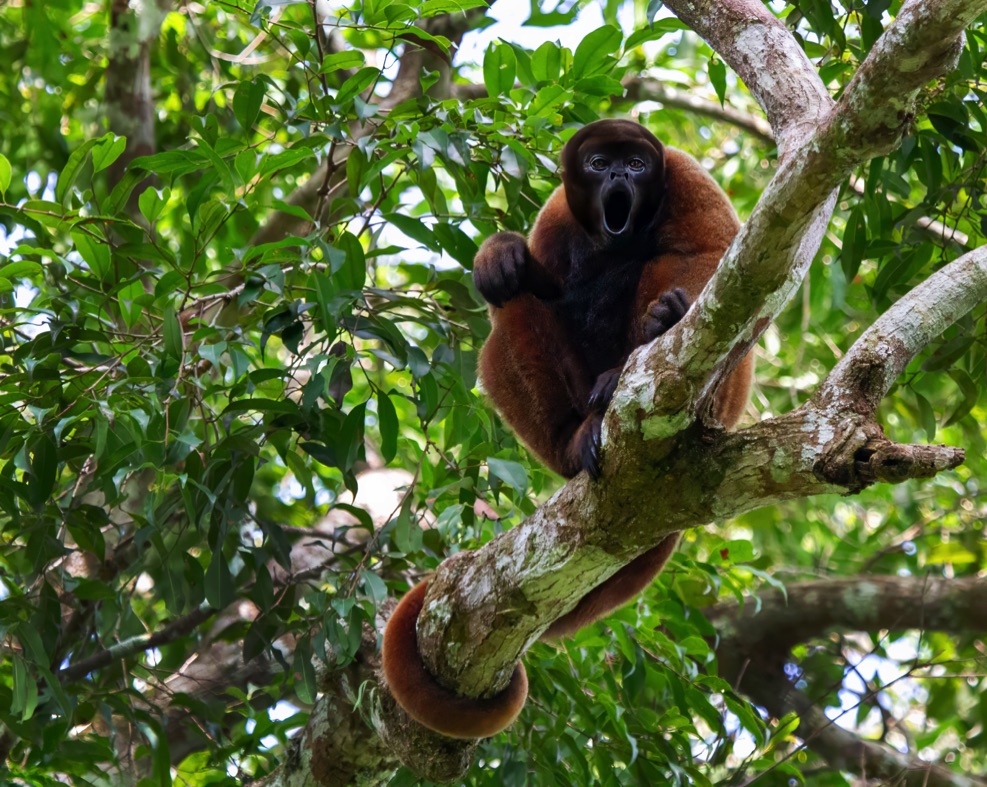
Woolly Monkey
They are omnivores, meaning that they eat both meat and vegetables and fruit, although most of their diet is made out of fruit. Because they eat so much fruit, they are essential for the dispersal of fruit trees throughout the forest.
They have a prehensile tail, that helps them to grip onto branches and enable them to climb easily. In this image the tail apparently supports his full weight.
Lesser Kiskadee
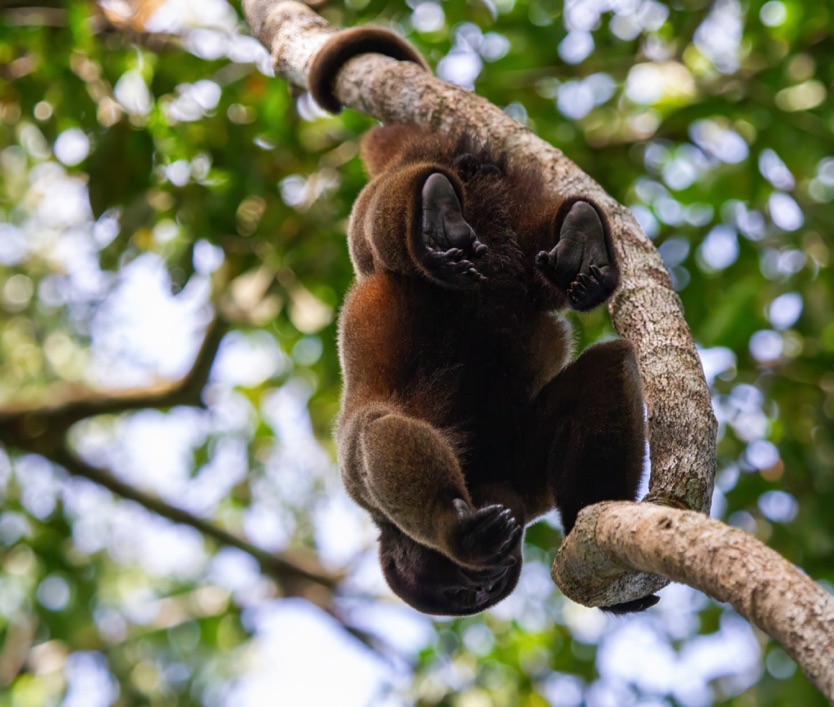
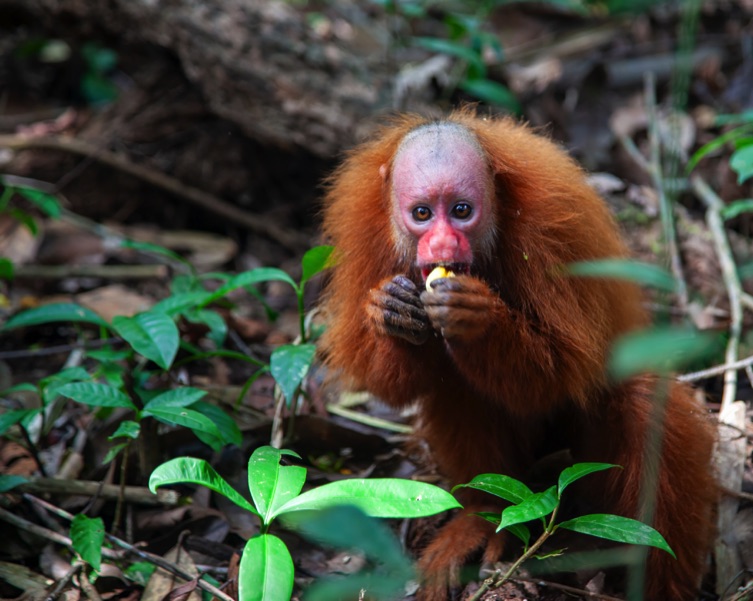
Bald Uakari Monkey
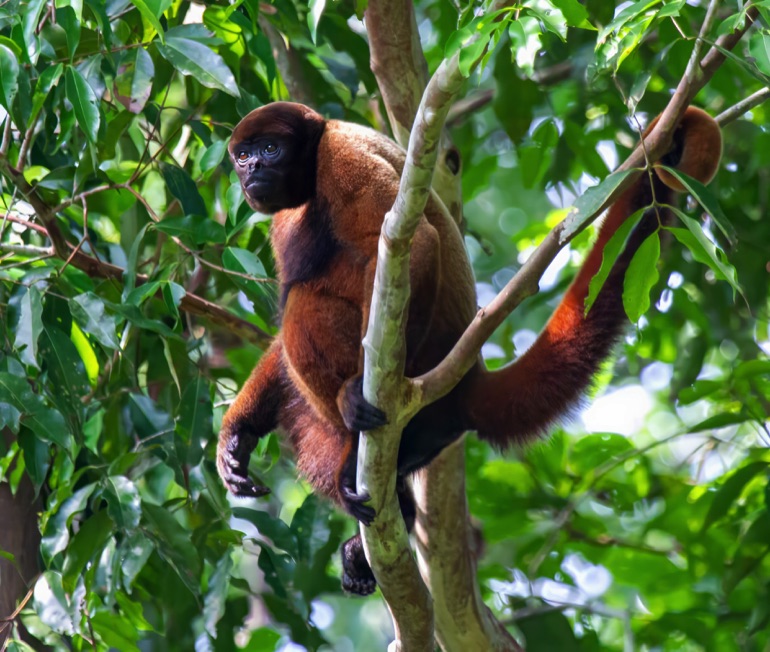
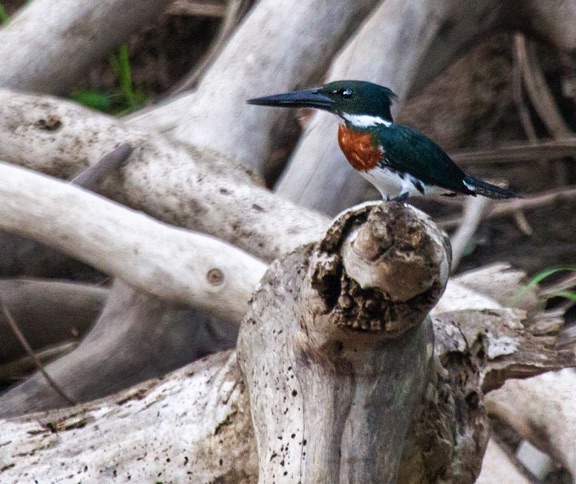
Amazon Kingfisher
male
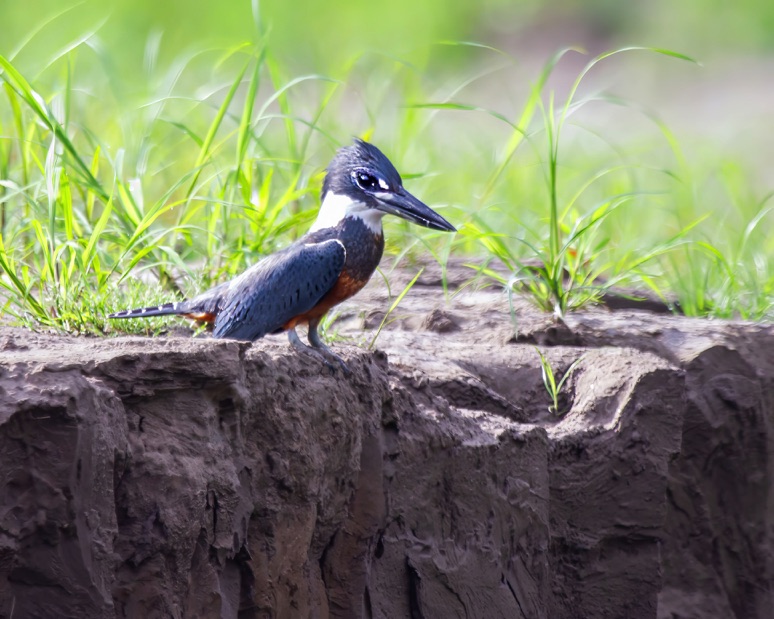
Collared Kingfisher
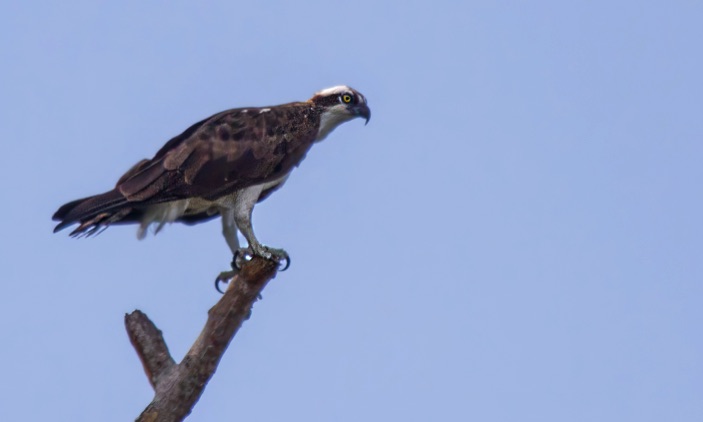
Osprey
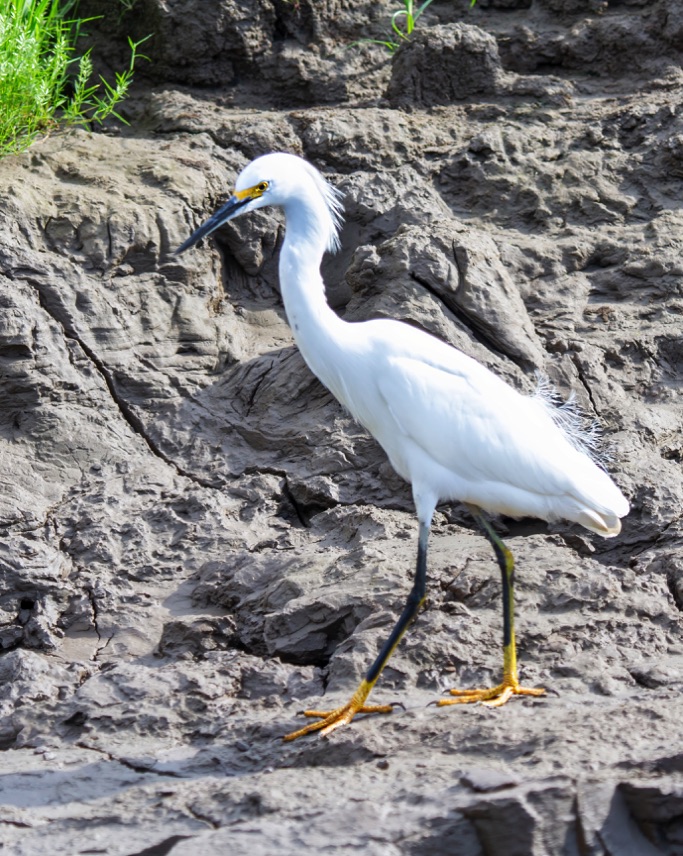
Snowy Egret
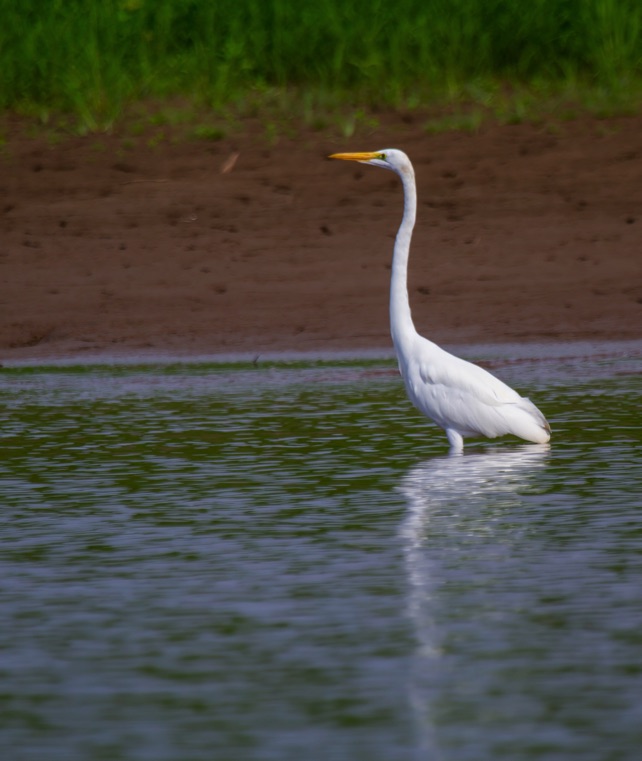
Great Egret
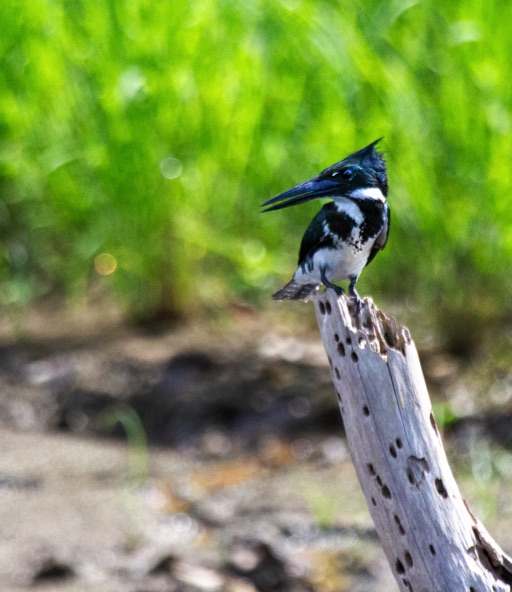
Amazon Kingfisher
female
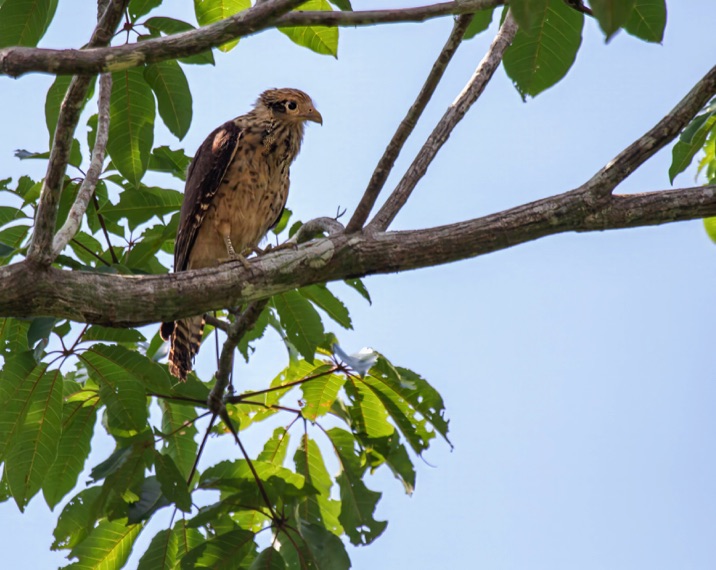
Juvenile Yellow-headed Caracara
Red Titi Monkey
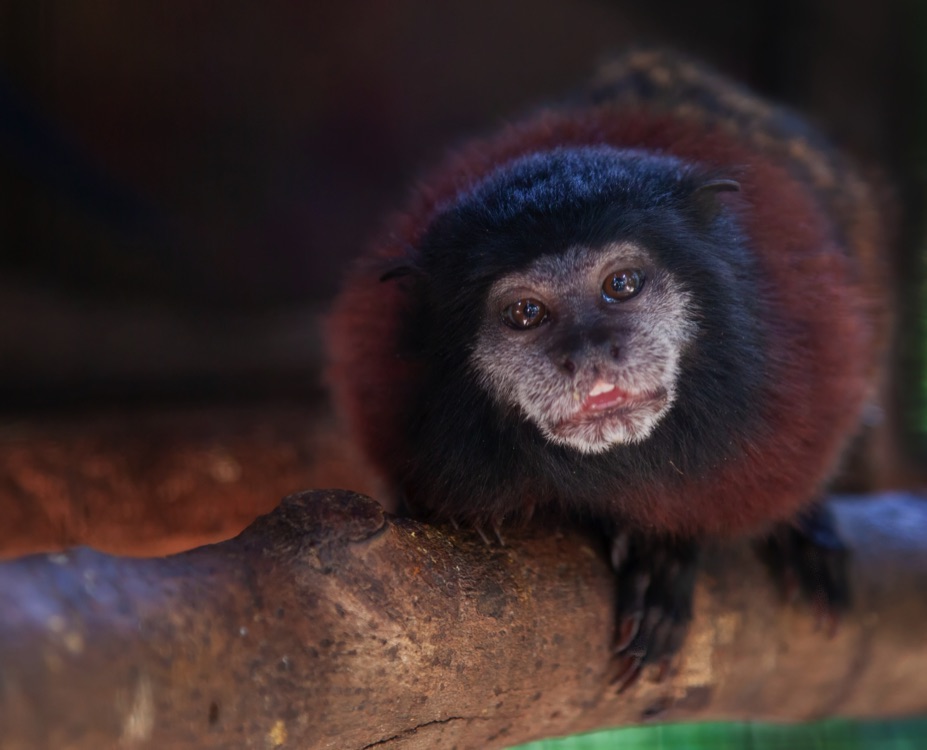
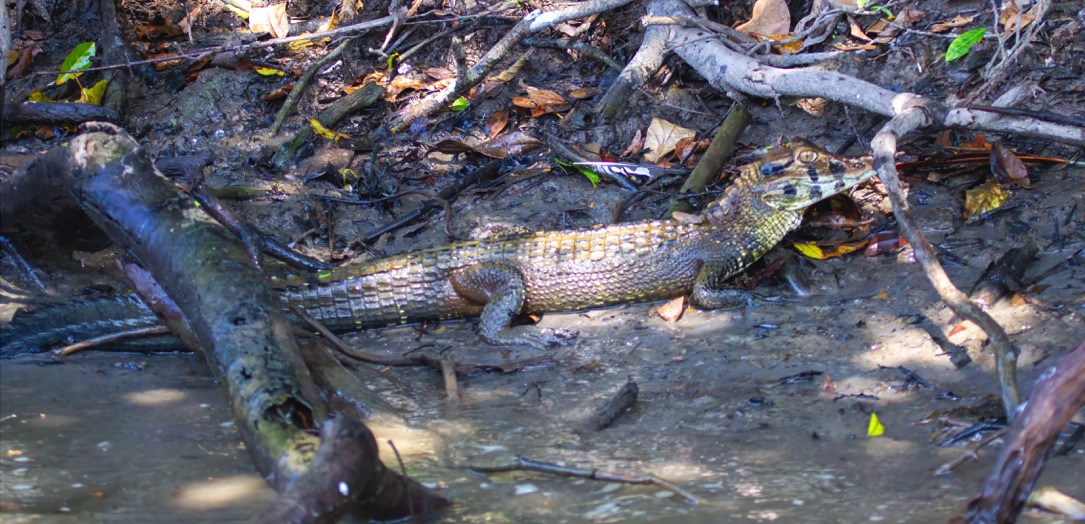
Spectacled White Caimon
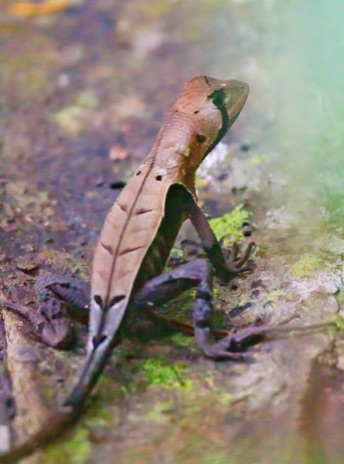
Leaf-mimic Lizard
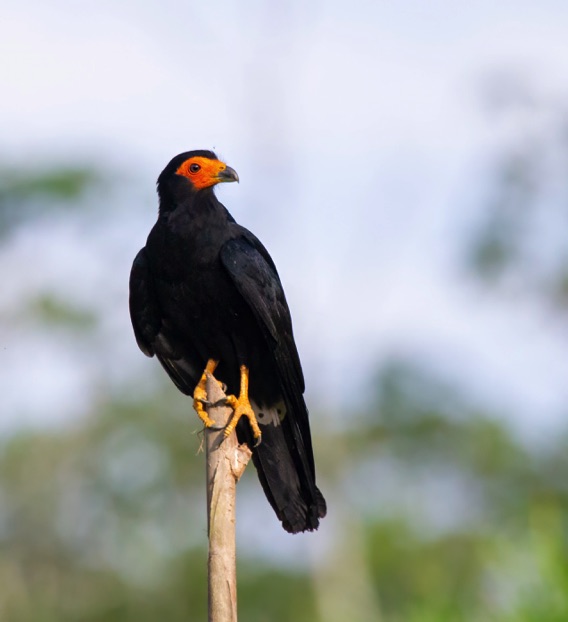
Black Caracara
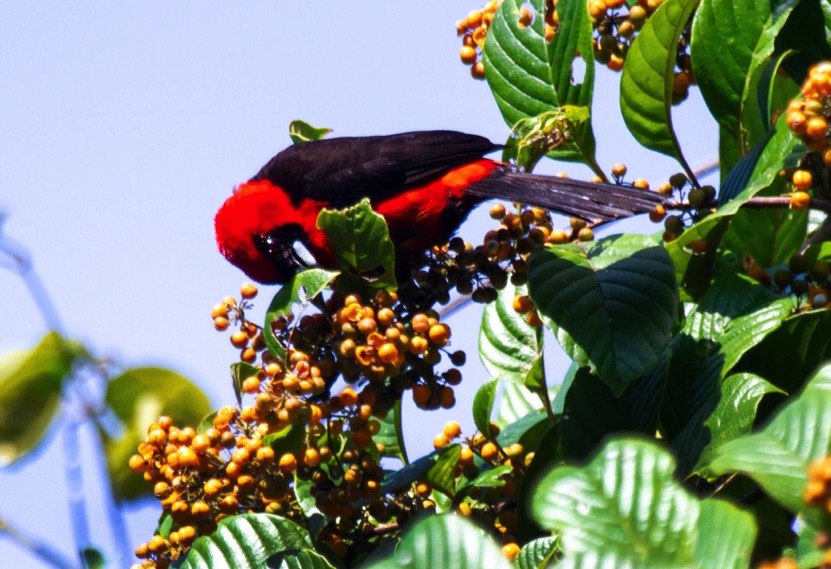
Crimson-backed Tanager
Squirrel Monkey
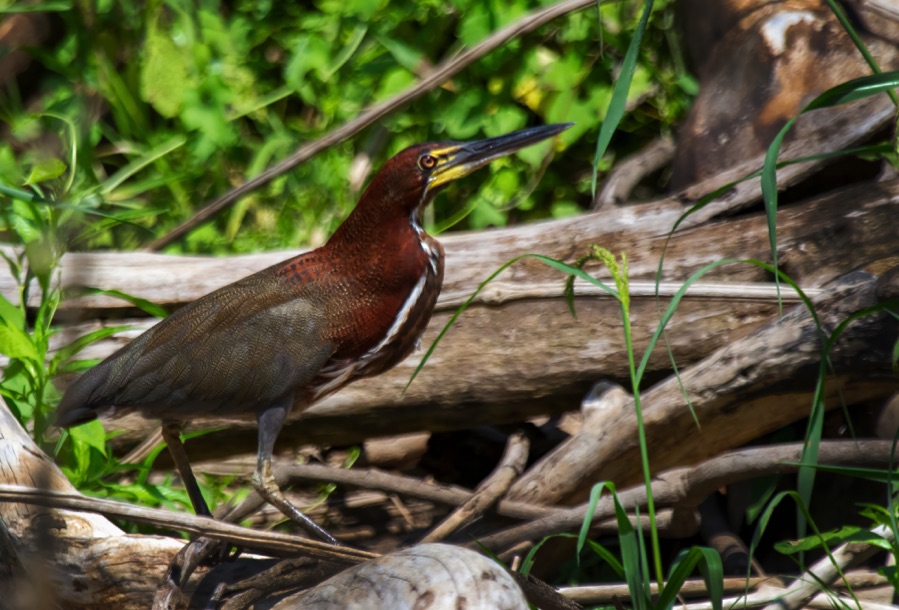
Rufescent Tiger Heron
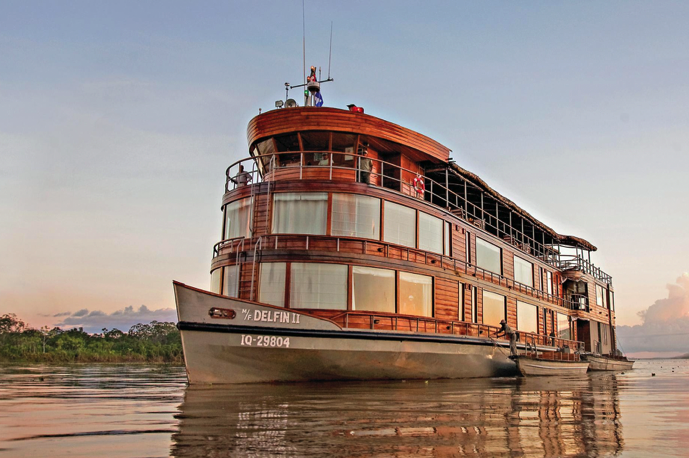

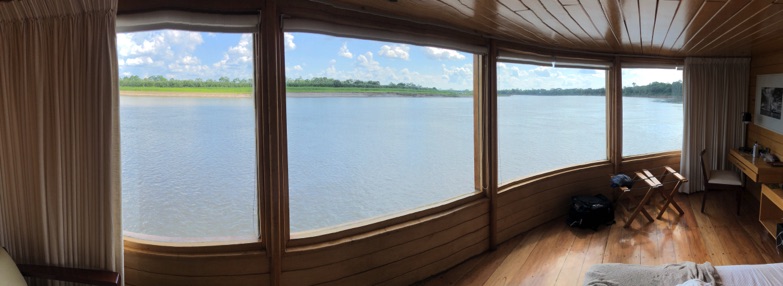
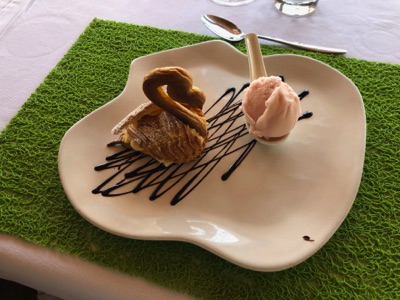

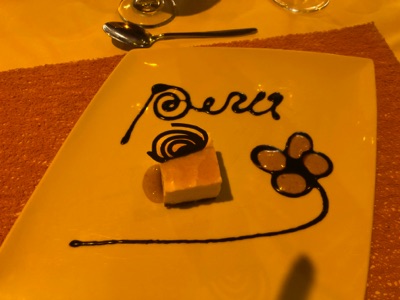
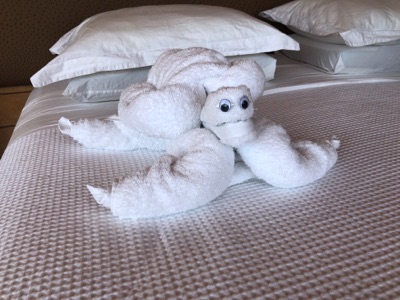

We spent 7 days on the river on the Delfin II. It holds 24 passengers and we got off in skiffs to explore twice a day.
The accomodations and food were extraordinary
The folks we traveled with were great.
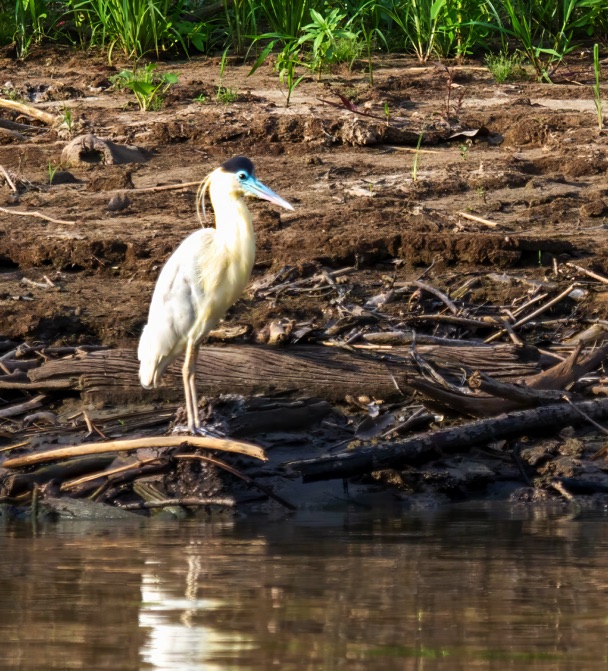
Capped Heron
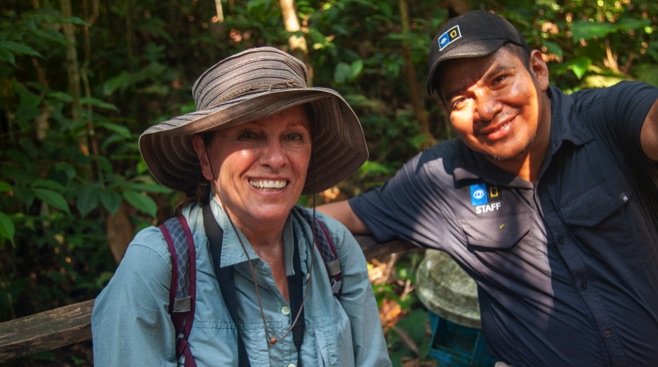
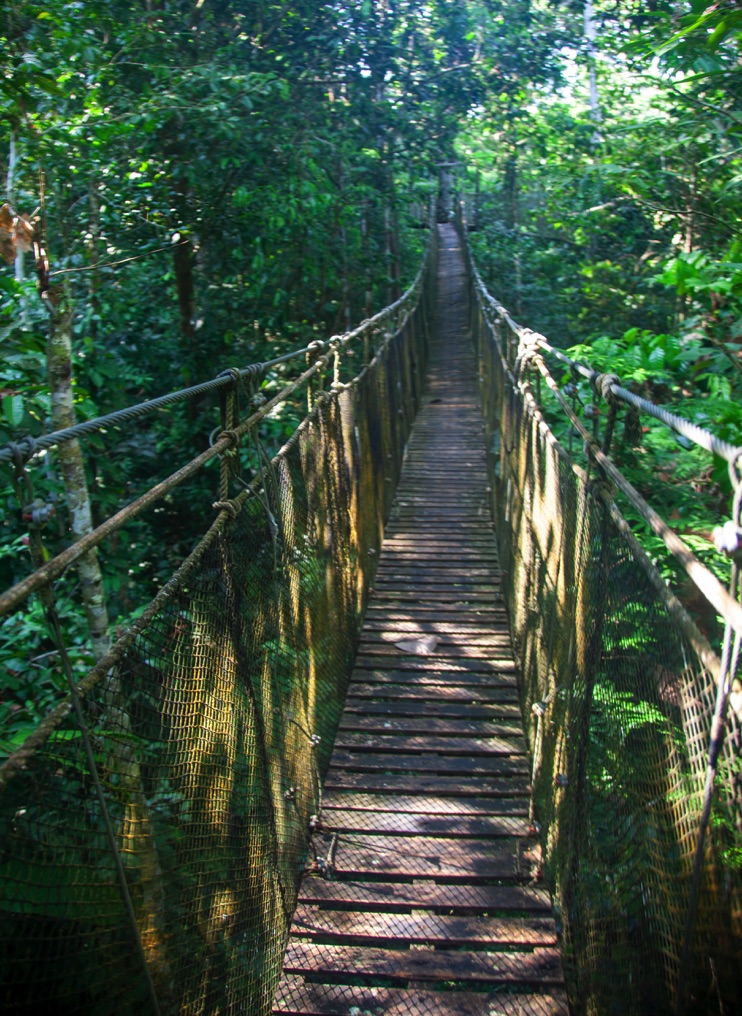
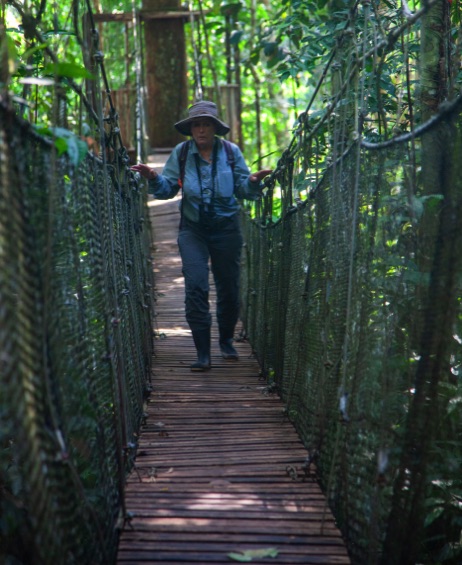
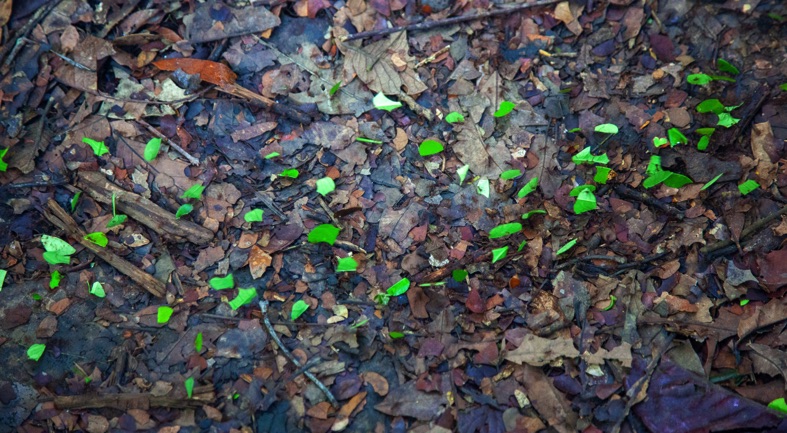
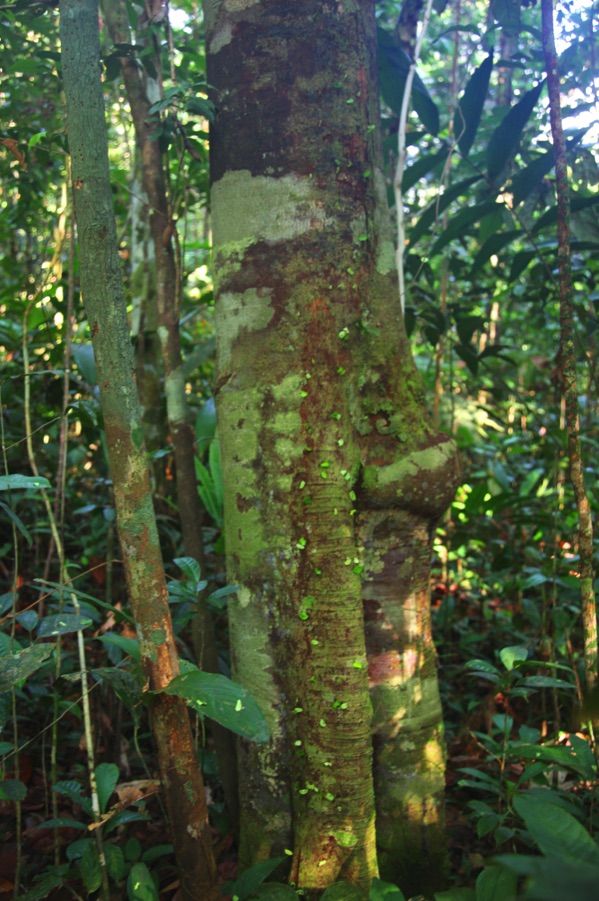
Our guide for most of the trip was Javier Arbildo, who was born and raised in the Upper Amazon.
This was a National Geographic/Lindblad expedition on the Delfin II
We came across this leaf cutter trail. With their massive jaws, strong enough to pierce human skin, leaf-cutter ants are well equipped to tear away at vegetation. They have the distinction of being the primary consumer of vegetation in the Amazon rainforests, where their actions remove 15% of leaf production.
You can follow the trail high up the tree into the upper canopy.
They bring the pieces of leaves back to the nest. The leaves are used to feed fungus, which is grown by the ants in a special ‘fungus garden’ in the nest. This fungus provides food for the colony.
Their trails can be hundreds of feet long and the colonies can consist of over a million ants.
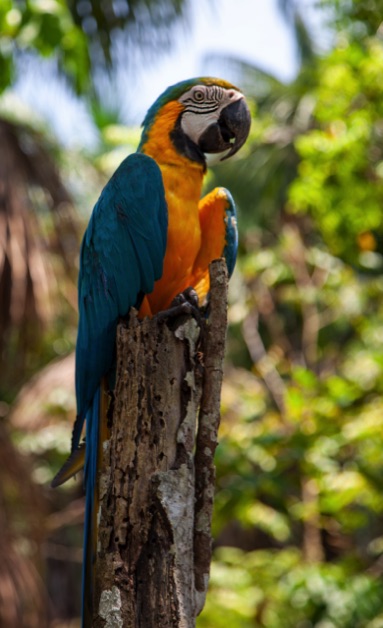
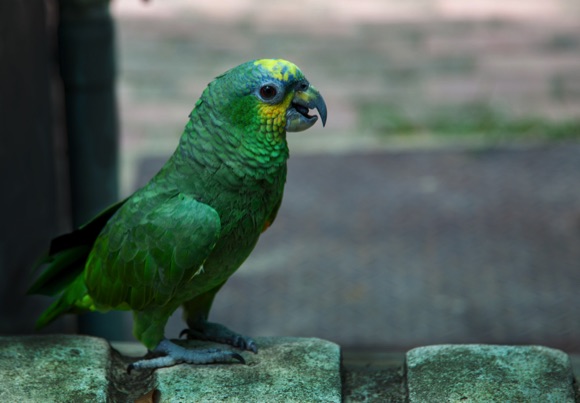
Blue & Yellow Macaw
Amazon Green Parrot
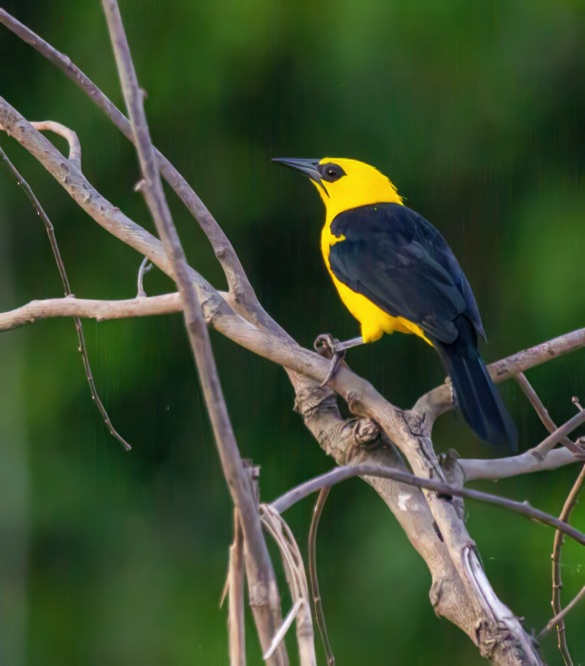
Oriole Blackbird
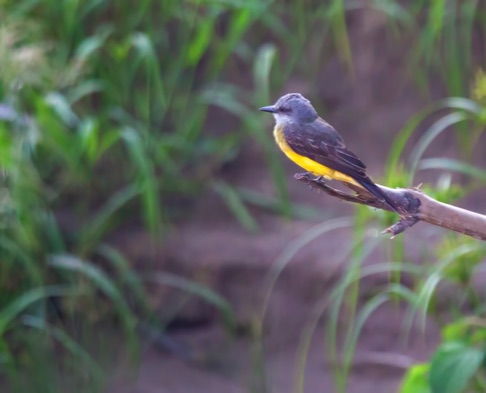
Tropical Kingbird
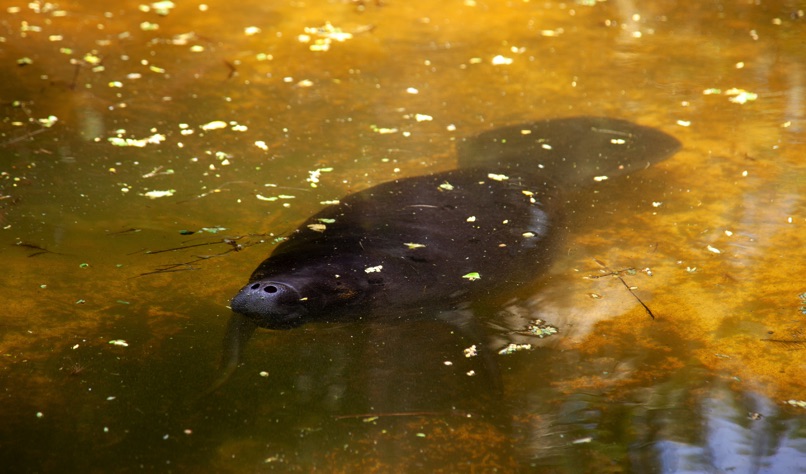
Amazonian Manatee
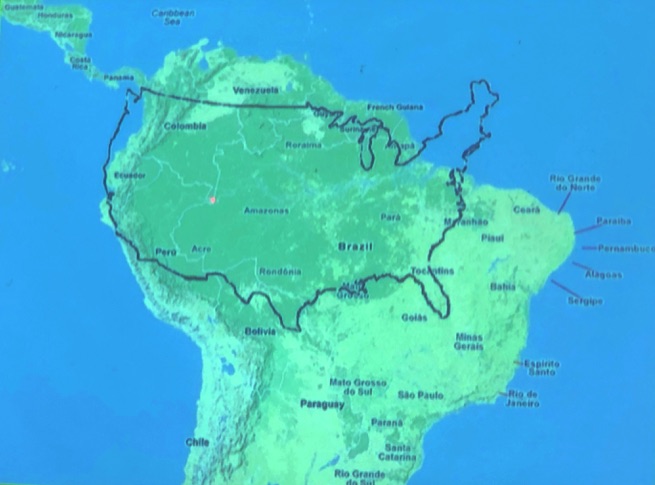
How big is the Amazon?
The basin and rainforest covers 2,700,000 square miles. The largest drainage system in the world, the Amazon River is believed to be 4000 miles long.
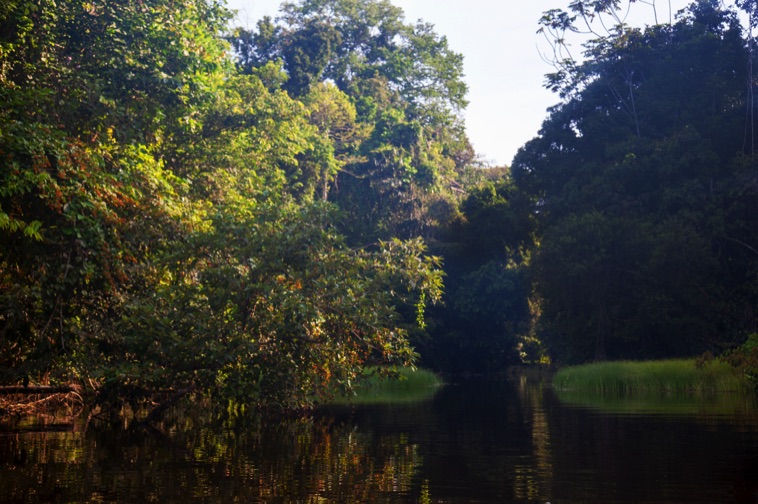
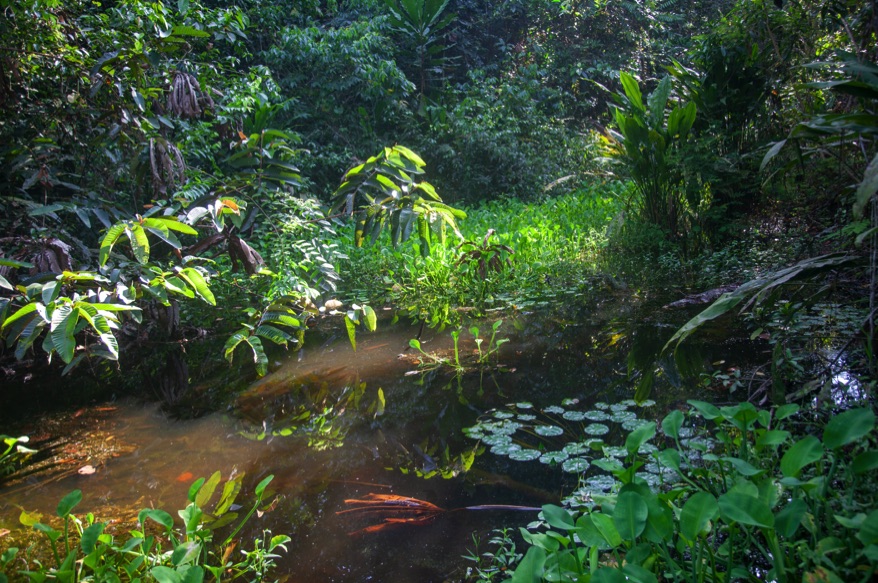
Black Caimon
It is an apex predator and one of the largest predators in the Amazon Basin It can reach over 16 feet in length and weigh up to 1000 pounds.
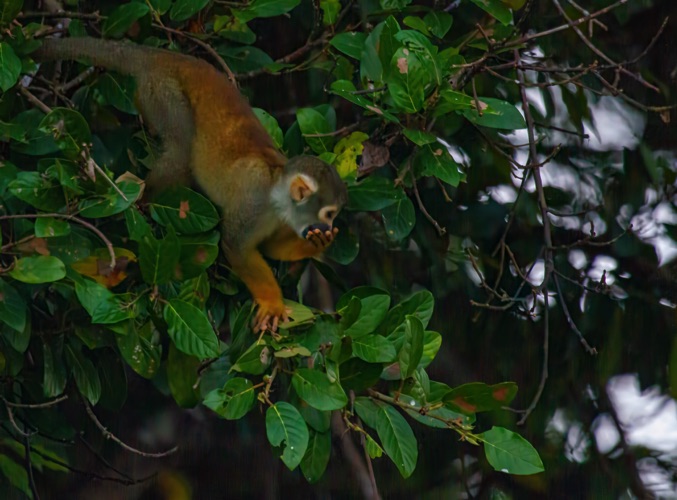
In the Amazon Natural Park, we crossed four suspension bridges deep in the Peruvian jungle. The bridges are long and over 100 feet above the jungle floor. No boucing and one at a time.
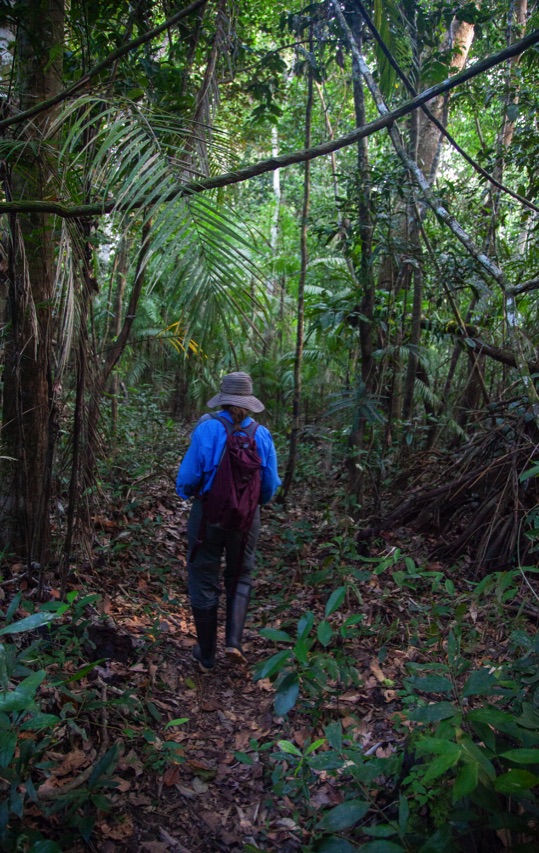
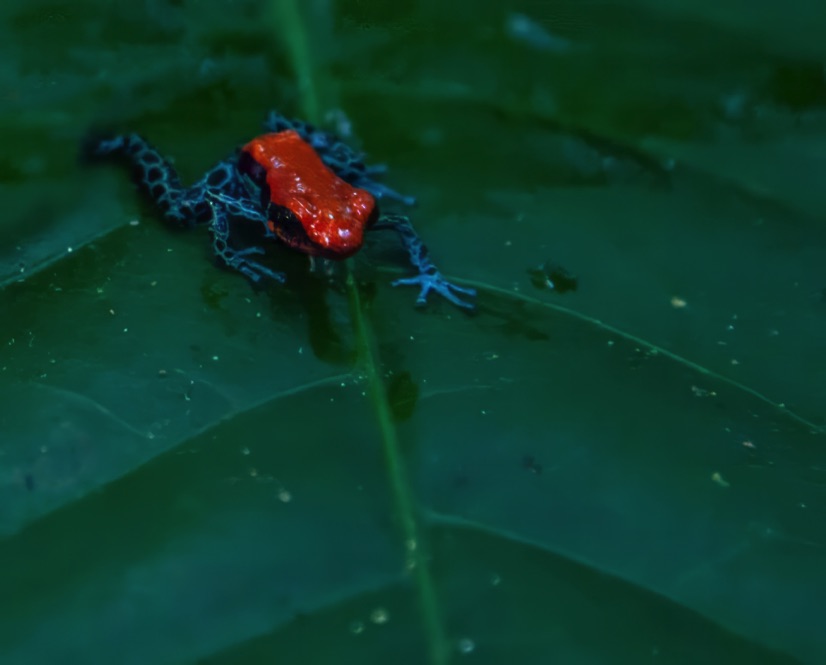
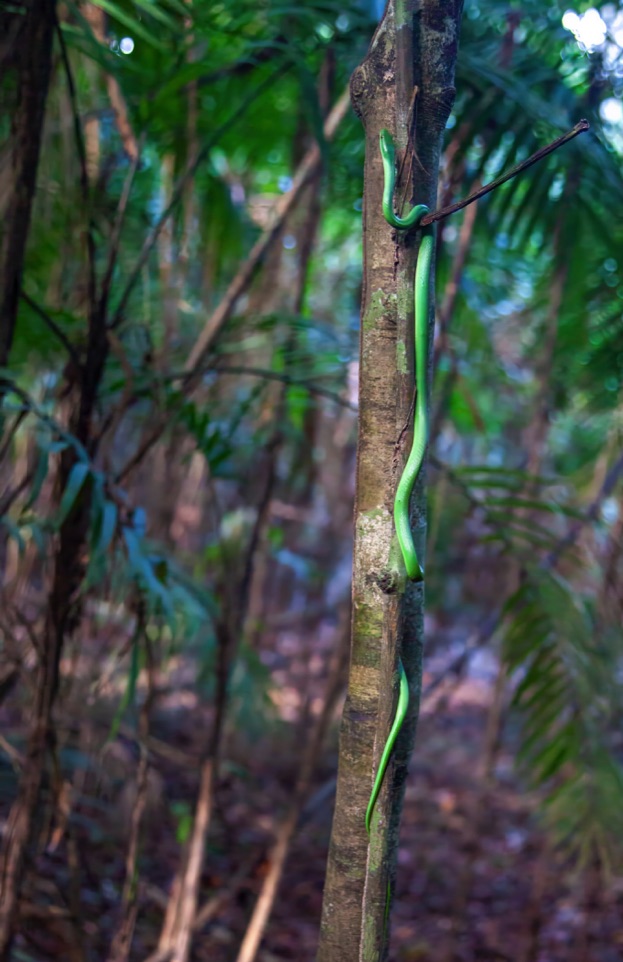
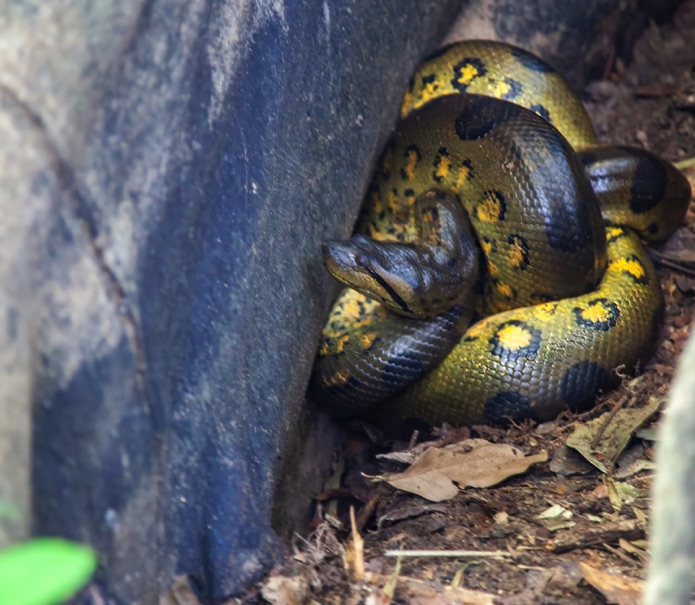
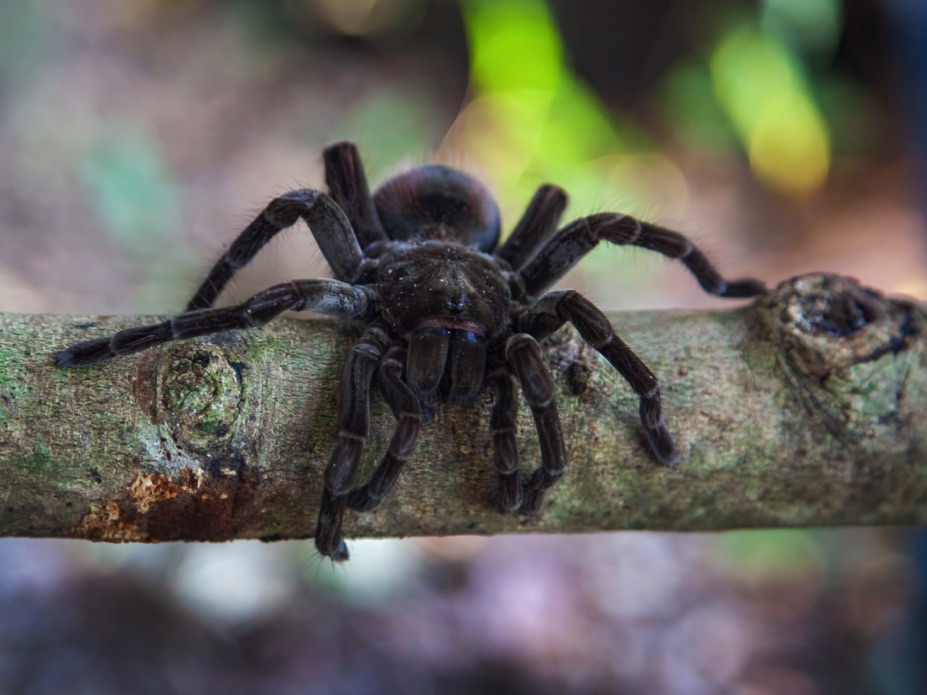
We found all sorts of creatures on walks in the rainforest.
Cheryl still doesn't like snakes, of any kind, venomous or not.
Tarantula
Green Vine Snake
Yellow Anaconda
Red Poison Dart Frog
The Anaconda is a member of the Boa family, is non-venomous and kills its prey by suffication. This one is over 6 feet long.
Anacondas are among the largest snakes in the jungle.
Tarantulas are the largest spiders in the world, and the Amazonian variety is the largest of them all. Some species can measure up to 13 inches across. Their bites are not venomous, more like a bee or wasp sting. The hairs on their body are very irritating to human or other animal flesh. They apparently can flick their bristles when they feel threatened.
Within their skin they store natural venom that can paralyze or even kill a predator. The bright color is to warn predators of the danger. Some indigenous cultures have used this frog's poison to coat the tip of their blow darts, which led to its name.
Their venom isn't lethal to humans, but will cause swelling, tingling, and pain. This on seems to be over 6 feet in length.
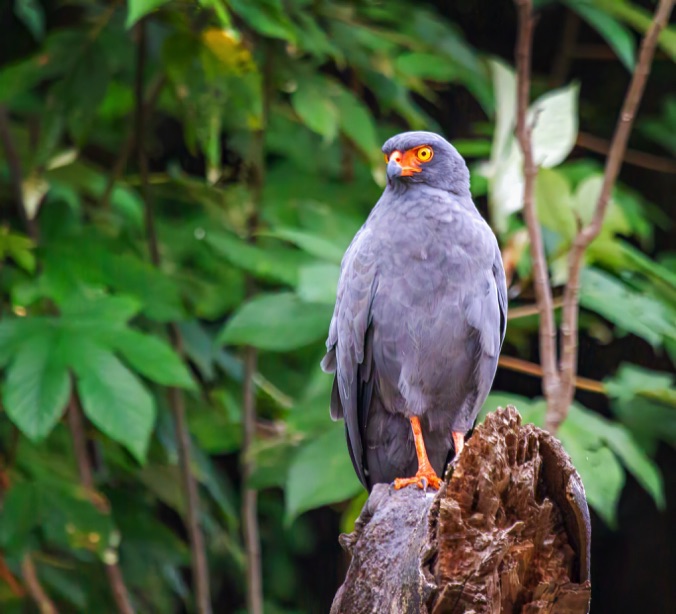
Slate-colored Hawk
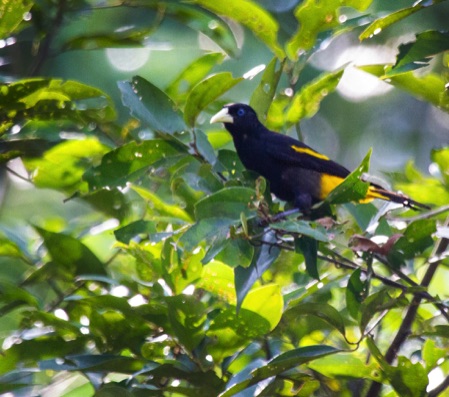
Yellow-Rumped Cacique
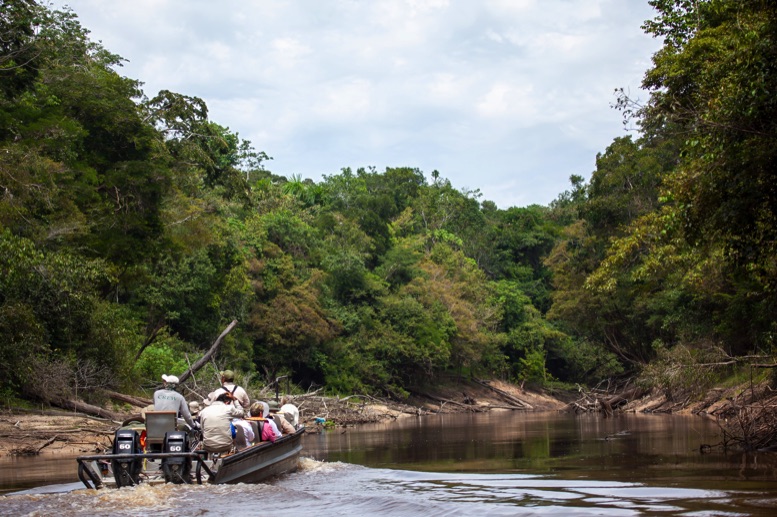
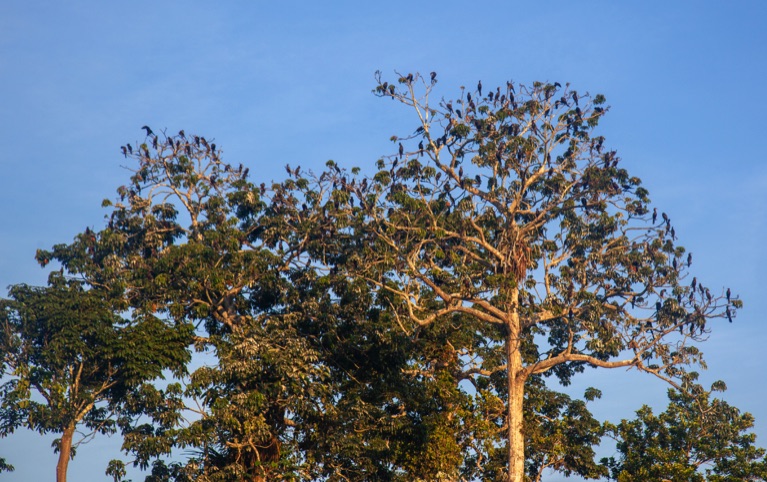
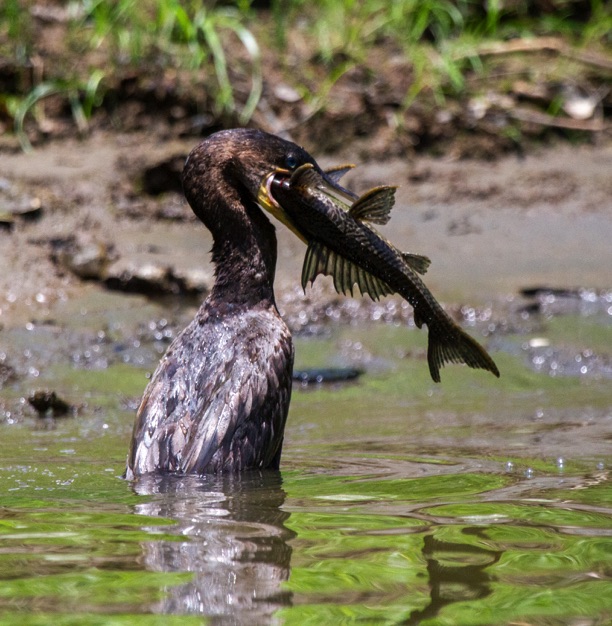
The trees are full of commorants ready to roost.
This commorant may have bitten off more than he can chew.
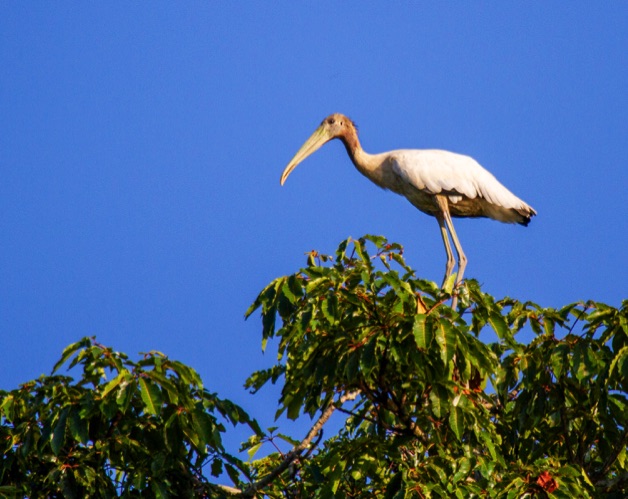
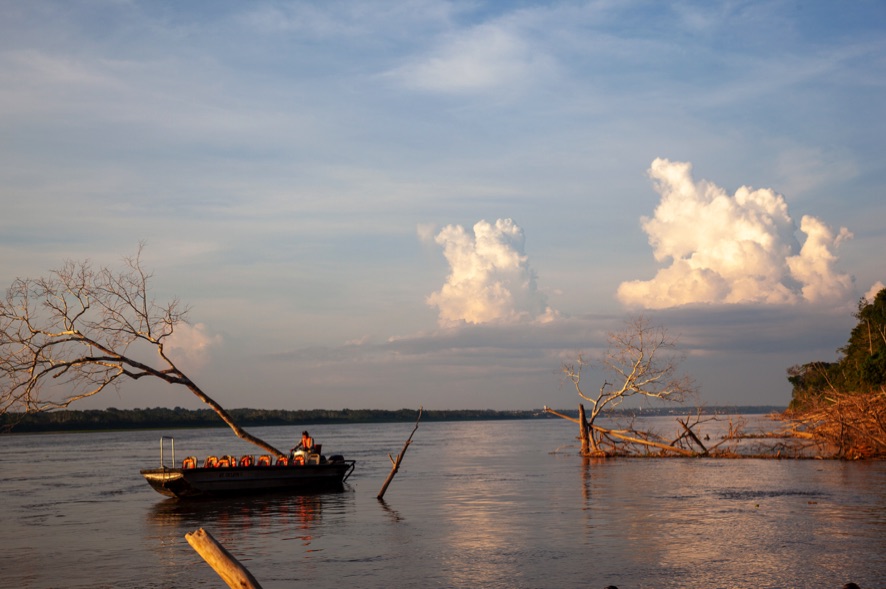
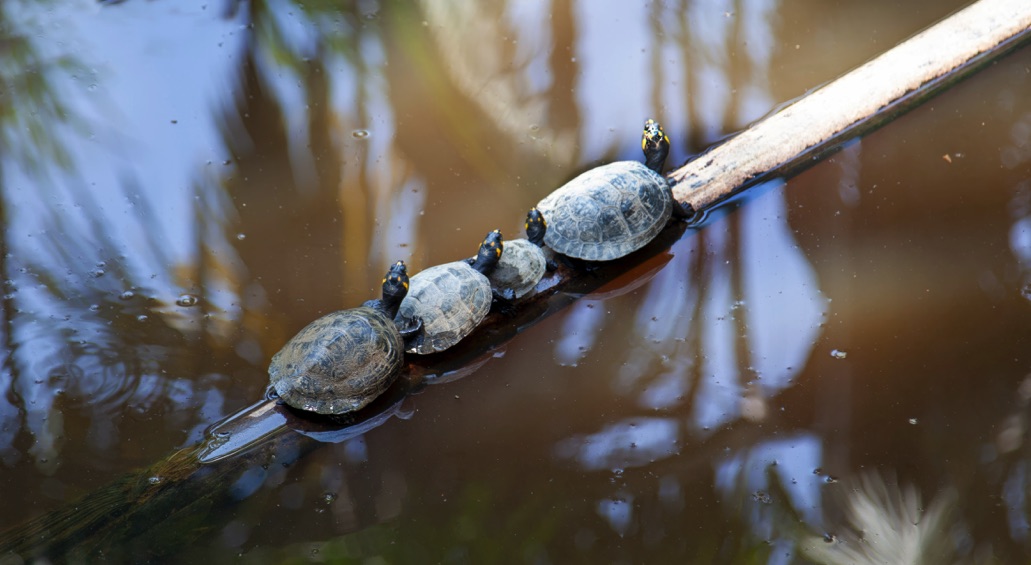
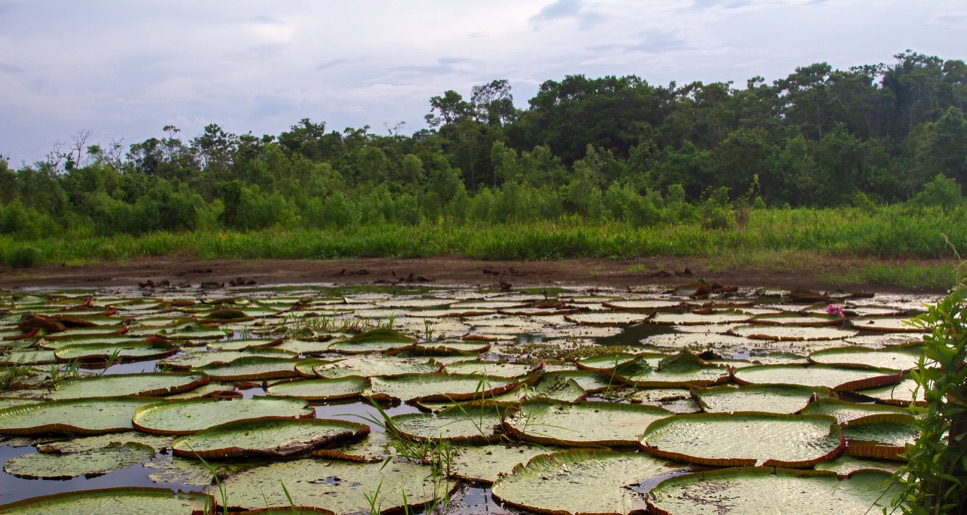
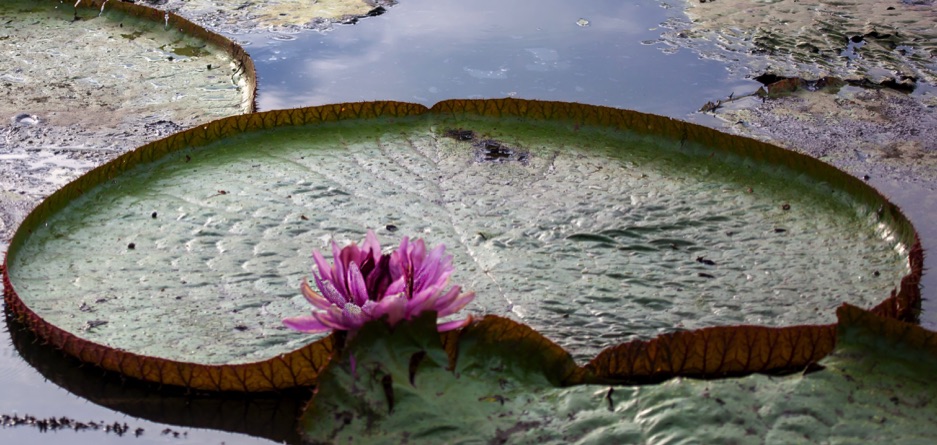
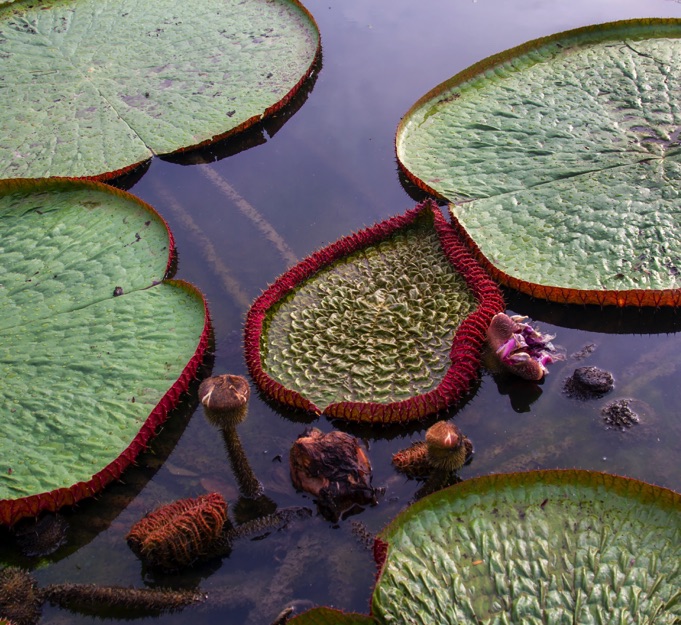
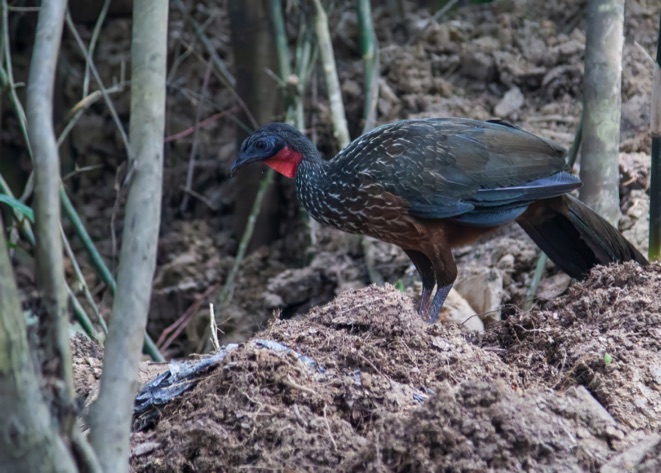
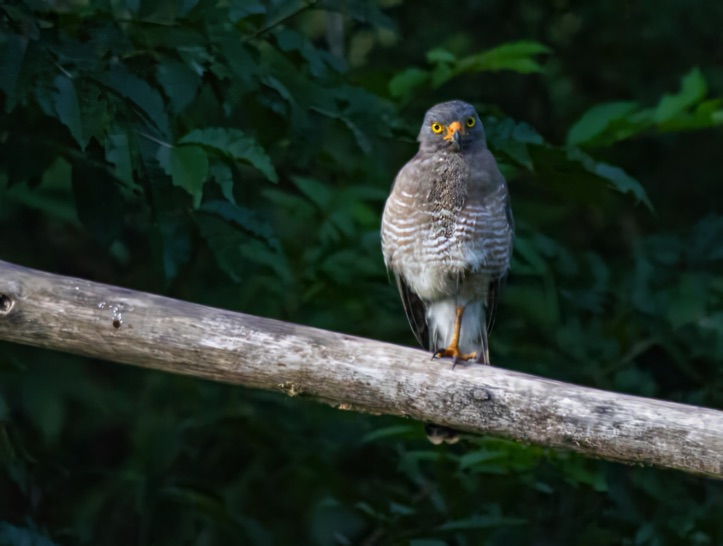
Roadside Hawk
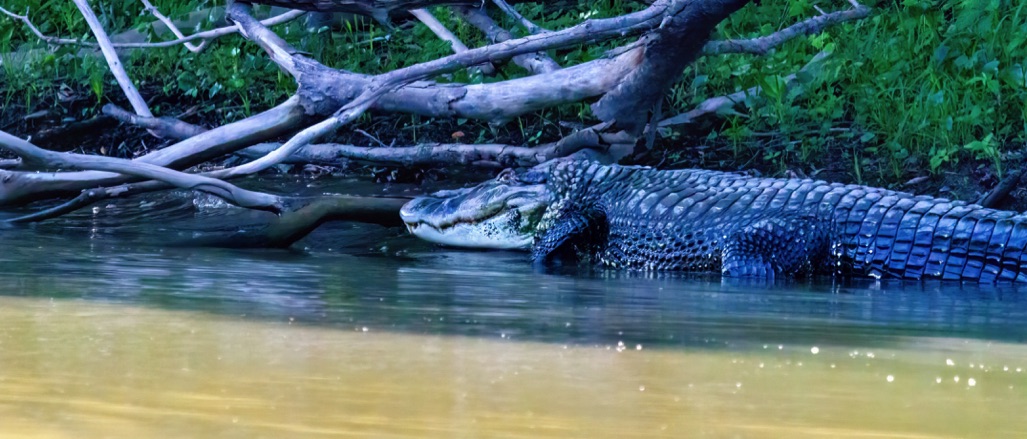
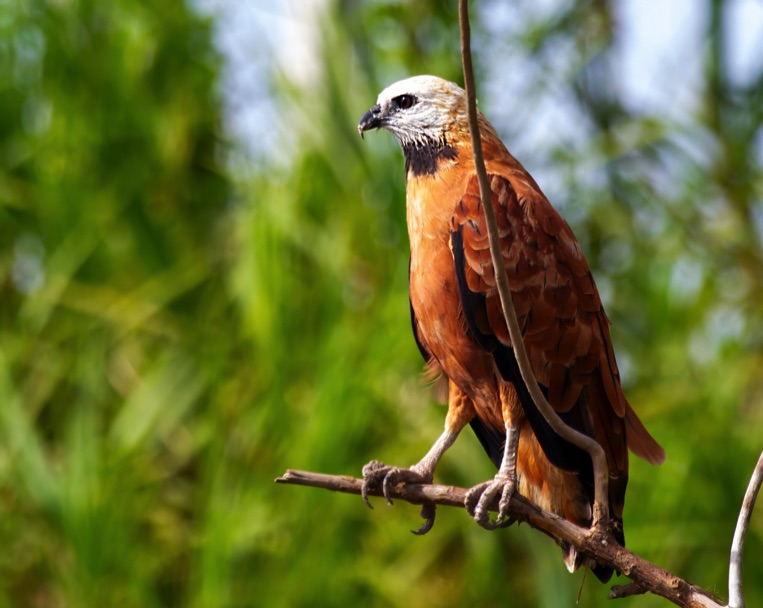
Wood Stork
Black-collared Hawk
Yellow-spotted Amazon River Turtles
They can measure to almost 10 feet in diameter, and can support up to 65 pounds.
It was named to honor of the British monarch at the time, 1837, Queen Victoria.
Victoria amazonica - Giant water lilies of the Amazon rainforest
Spix's Guan
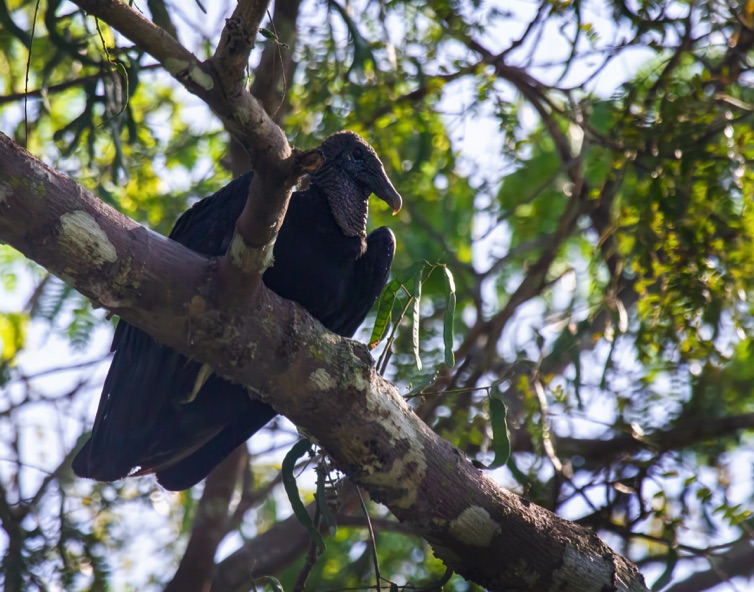
Black Vulture
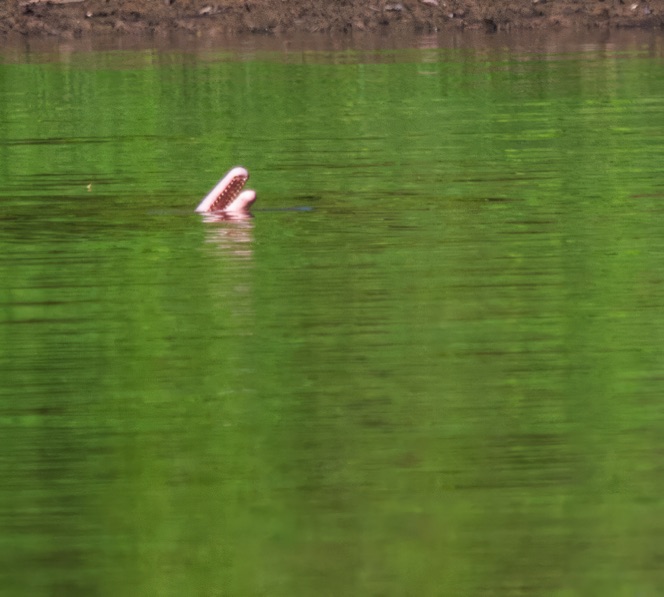
Pink River Dolphin
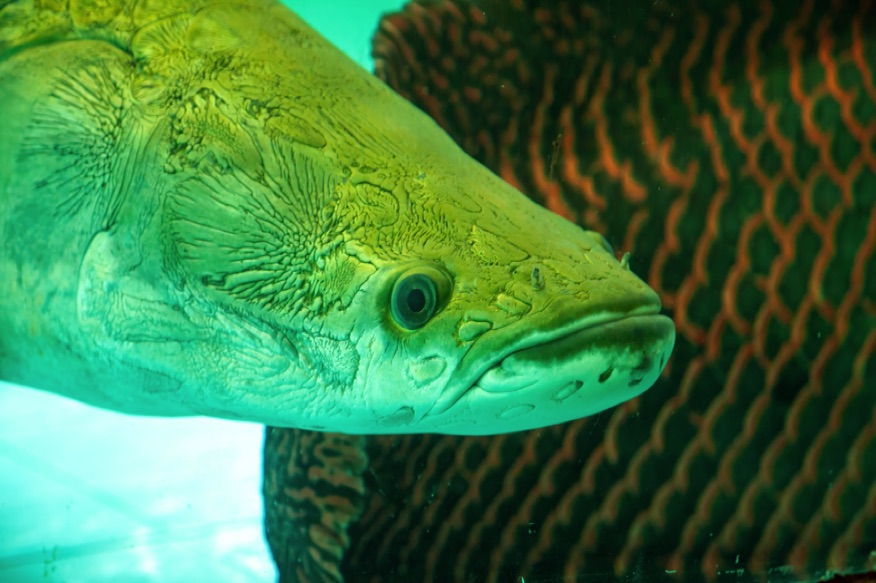
Arapaima
Native to the Amazon River basin, it is the largest freshwater fish in South America. Arapaima (Arapaima gigas) can grow to over 10 feet long and have been known to tip the scales at over 400 pounds.
It was served onboard and is very tasty.
It was hard to get a good image of this species but they definitely are pink.
We were told this bird has a keen of smell and can detect prey 2 miles away.
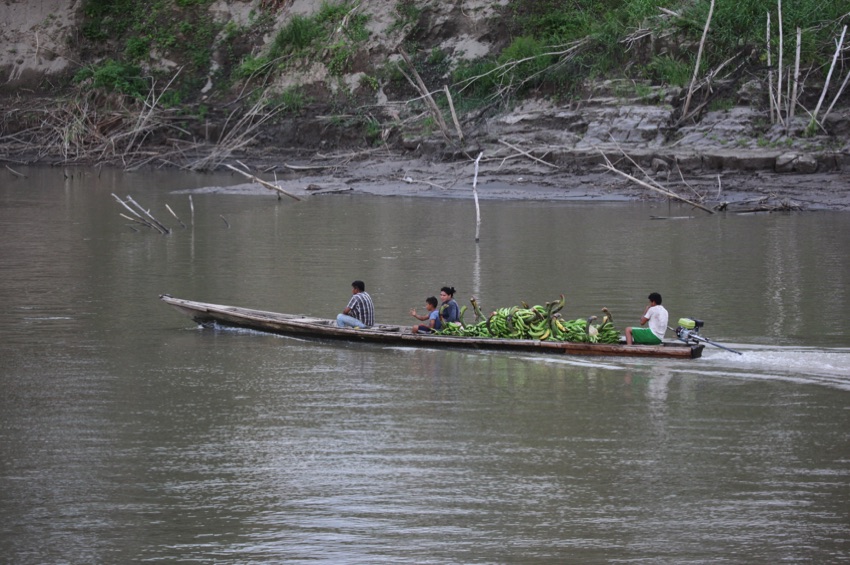
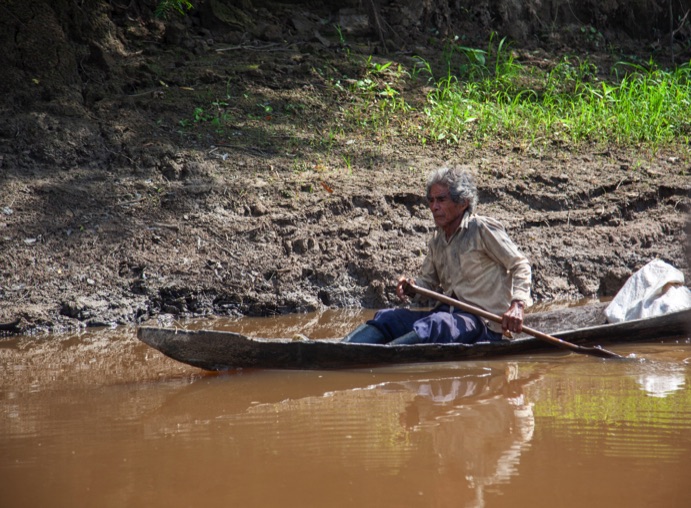
On the way to the market.
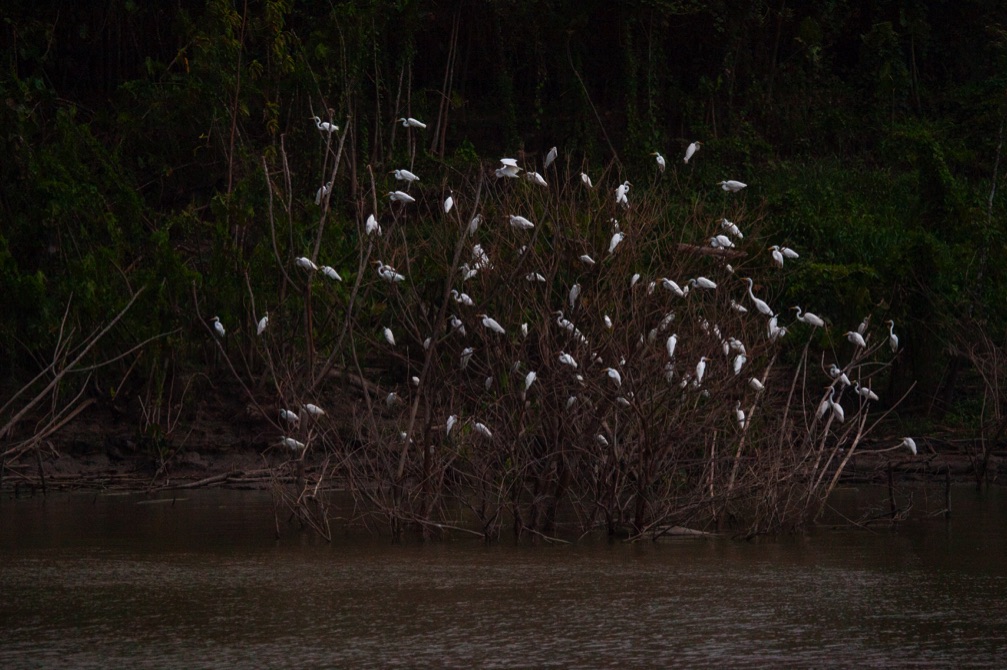
Egret Tree
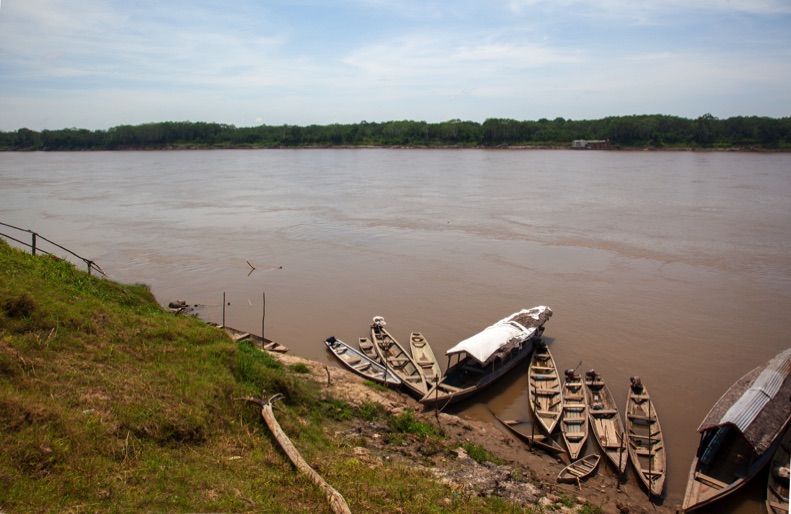
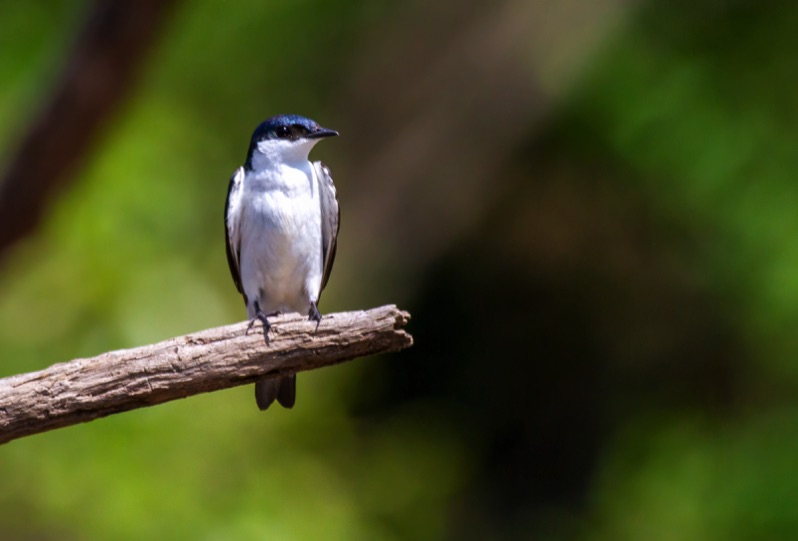
Tree Swallow